As family lifestyles increasingly develop towards high quality, personalisation, and physical and mental well-being, the function and aesthetics of bathroom space, as an essential part of daily life, are being redefined. In this wave of transformation, the "soaking bathtub" stands out and gradually becomes a popular choice in modern mid-to-high-end families, hotel suites, boutique residences and even urban apartments.
Unlike traditional functional bathtubs, soaking bathtubs emphasize the combination of immersion experience, body relaxation and spatial beauty. It not only represents people's new expectations for a comfortable life but also reflects the trend of the consumer market to advance to a higher dimension. So, what is the essential difference between soaking bathtubs and traditional bathtubs? What kind of cultural, psychological and industrial logic does its popularity carry? This article will comprehensively interpret seven aspects to reveal the real driving force behind this bathroom revolution.
(I) Structural design differences: the shift from "width" to "depth."
Traditional American bathtubs mostly adopt a standard embedded design of 60 inches long and 14 to 16 inches deep, emphasizing quick use, easy cleaning and cost control. Typical examples include alcove tubs and corner tubs, which are suitable for small homes or public housing.
In contrast, deep immersion bathtubs are characterized by a greater depth (usually between 20 and 28 inches), which allows the body to be fully covered by water, achieving complete relaxation and thermal therapy. Some models can even achieve full immersion below the shoulders, which is particularly popular among people who want to have a "personal spa" at home.
Its structure emphasizes the three-dimensional use of space, which is suitable for the efficient configuration of limited areas in urban apartments and small houses. In recent years, more and more brands have adopted more ergonomic structures such as oval, eggshell, and barrel in their designs to meet consumers' dual pursuit of "function + enjoyment".
(II) Upgraded user experience: from quick cleaning to immersive healing
In the home, traditional bathtubs are often regarded as auxiliary facilities, and more people choose showers as a means of daily cleaning. Traditional bathtubs are shallow, easy to enter and exit, and drain quickly, which are suitable for children to bathe or pets and tend to be function-oriented.
However, as health awareness improves and psychological healing becomes a mainstream trend, the "healing value" of deep immersion bathtubs has been redefined. It is no longer just a cleaning tool but a carrier of ritual life - relieving muscle fatigue, promoting blood circulation through the feeling of deep water wrapping, and even relaxing the mind with essential oils, candles, and music.
The Centers for Disease Control and Prevention (CDC) pointed out that hot water baths have a positive effect on stress management and improving sleep quality. Especially after the epidemic, consumers pay more attention to the "recovery function" in the home space, which provides a psychological basis for the rise of deep immersion bathtubs.
(III) Changes in visual focus: from hidden supporting roles to spatial protagonists
In traditional design, bathtubs are often "embedded in the corner" and have a weak visual presence. Deep immersion bathtubs emphasize independent presentation and are often placed in the centre of the bathroom space, by the window, or in front of floor-to-ceiling glass, becoming part of the visual focus.
For example, in emerging middle-class homes in California, Florida, Texas and other places, independent deep immersion bathtubs have become standard in model houses. Its smooth shape, natural stone pattern, and matte surface material create a high sense of art and also meet consumers' new expectations for the "beauty of indoor social scenes".
Designers usually highlight the "exhibit" attribute of the bathtub in the overall space through light and shadow design (such as LED recessed lights), floor elevation, wooden background walls, and green plants. It is not only a bathing tool but also a fusion of aesthetics and life philosophy.

(IV) Material innovation: from pragmatism to touch and texture
Traditional bathtubs are mainly made of enamelled steel, cast iron, and fibreglass acrylic. They are light and cheap and are widely used among low- and middle-income groups.
Deep immersion bathtubs prefer mid- to high-end materials, such as artificial stone (solid surface), volcanic limestone, cast iron glaze, and even sustainable raw wood materials. These materials not only improve thermal insulation and impact resistance but also provide a more comfortable touch and visual experience.
For example, the popular artificial stone deep immersion bathtub can maintain the water temperature for more than 45 minutes, which is suitable for long-term bathing, while the natural stone bathtub has a unique texture and calm texture, which is very popular among high-net-worth users.
(V) Health and healing value: dual upgrade of physical efficacy and mental comfort
According to a survey by the American Wellness Association, more than 67% of high-income families tend to establish a "SPA-level" bathing space at home to relieve stress, repair sleep and enhance body immunity.
The deep immersion bathtub can relax muscles and calm nerves in a short time through full-body bathing and can help treat mild arthritis, chronic fatigue syndrome, women's menstrual pain and other problems. Some bathtubs are also equipped with massage nozzles, constant temperature heating, and bubble water push systems to further enhance the spa experience.
At the same time, immersive bathing also provides a sense of space for "escaping from reality" on a psychological level, which helps regulate emotions and meditate, which is particularly important in the stressful workplace and family environment in North America.
(VI) Consumer psychology and market trends: the iconic configuration of high-end homes
In data from home platforms such as Zillow and Houzz, the search popularity of "freestanding soaking tub" has increased by more than 240% from 2020 to 2024. Young buyers, represented by millennials, have begun to consider "whether a freestanding bathtub can be placed" as part of their home purchase decision.
At the same time, building developers, interior designers, and real estate agents have also included deep soaking bathtubs as "high premium symbols", and the sensory enjoyment and aesthetic premium they bring have significantly increased the valuation of houses. Data shows that the average resale price of properties equipped with high-quality bathroom systems can be increased by 5% to 8%.
(VII) Adapting to the rhythm of urban life: a luxury choice in small spaces
Although deep soaking bathtubs are regarded as "luxury", their dependence on space is gradually decreasing with the emergence of miniaturized and modular products. Many brands have launched compact deep-immersion bathtubs of 48 to 55 inches, suitable for medium-sized apartments in cities such as New York, San Francisco, and Los Angeles.
Lightweight design + embedded drainage + flexible installation methods allow users of rental apartments to enjoy a customized bathing experience. This concept of "urban luxury" reflects the general recognition of American families for quality of life.
(Conclusion)
From functional improvement to aesthetic upgrade, from health treatment to consumer psychology, deep-immersion bathtubs are undoubtedly redefining the core value of bathroom space. It is not only a home product but also a manifestation of a lifestyle, an expression of inner comfort, spiritual freedom and aesthetic respect.
In the future, with the development of technology and the deepening of home personalization, deep-immersion bathtubs will play an increasingly important role in families. For brands, designers and home improvement companies, seizing this trend is not only an opportunity to seize the high-end market but also the key to creating a resonance of life.

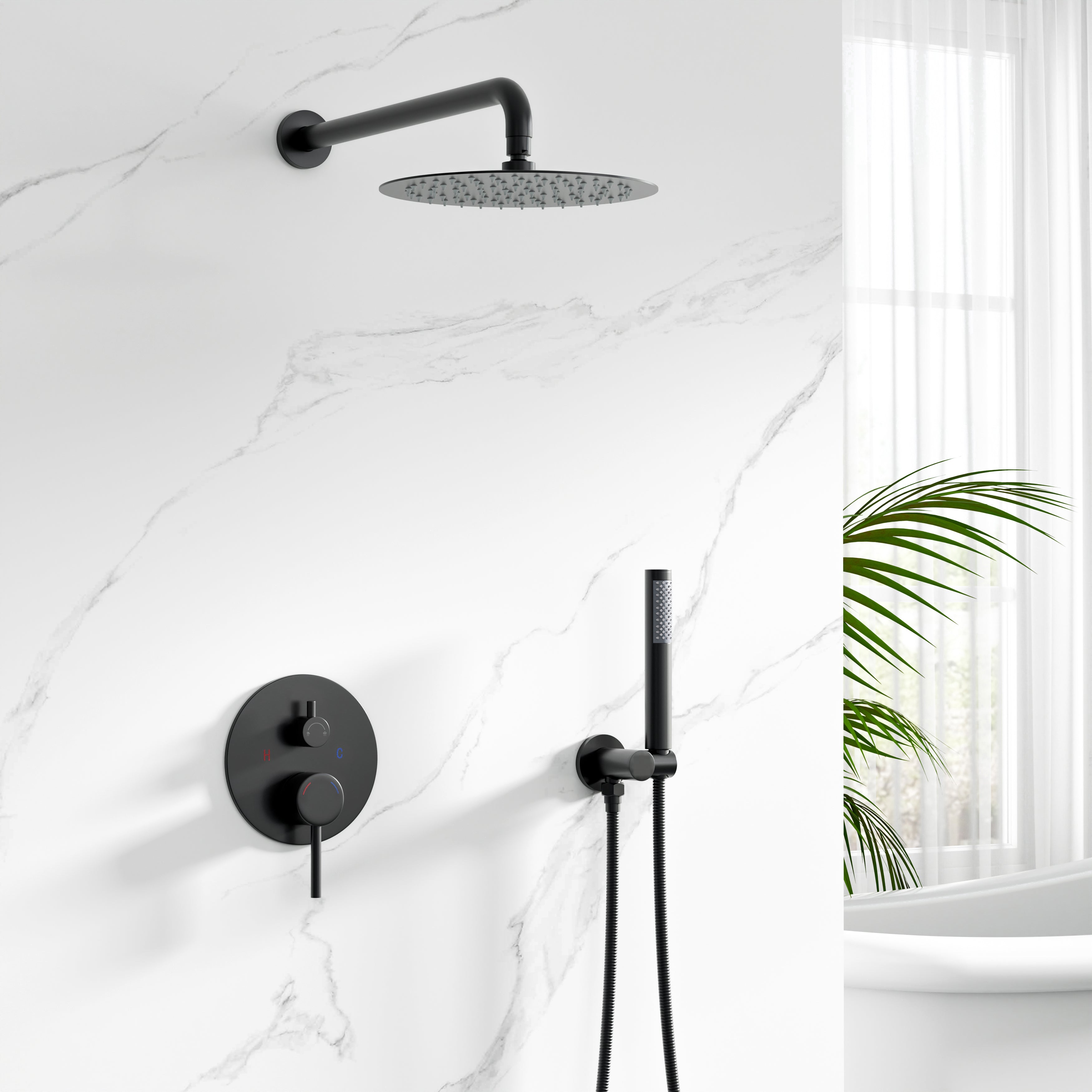
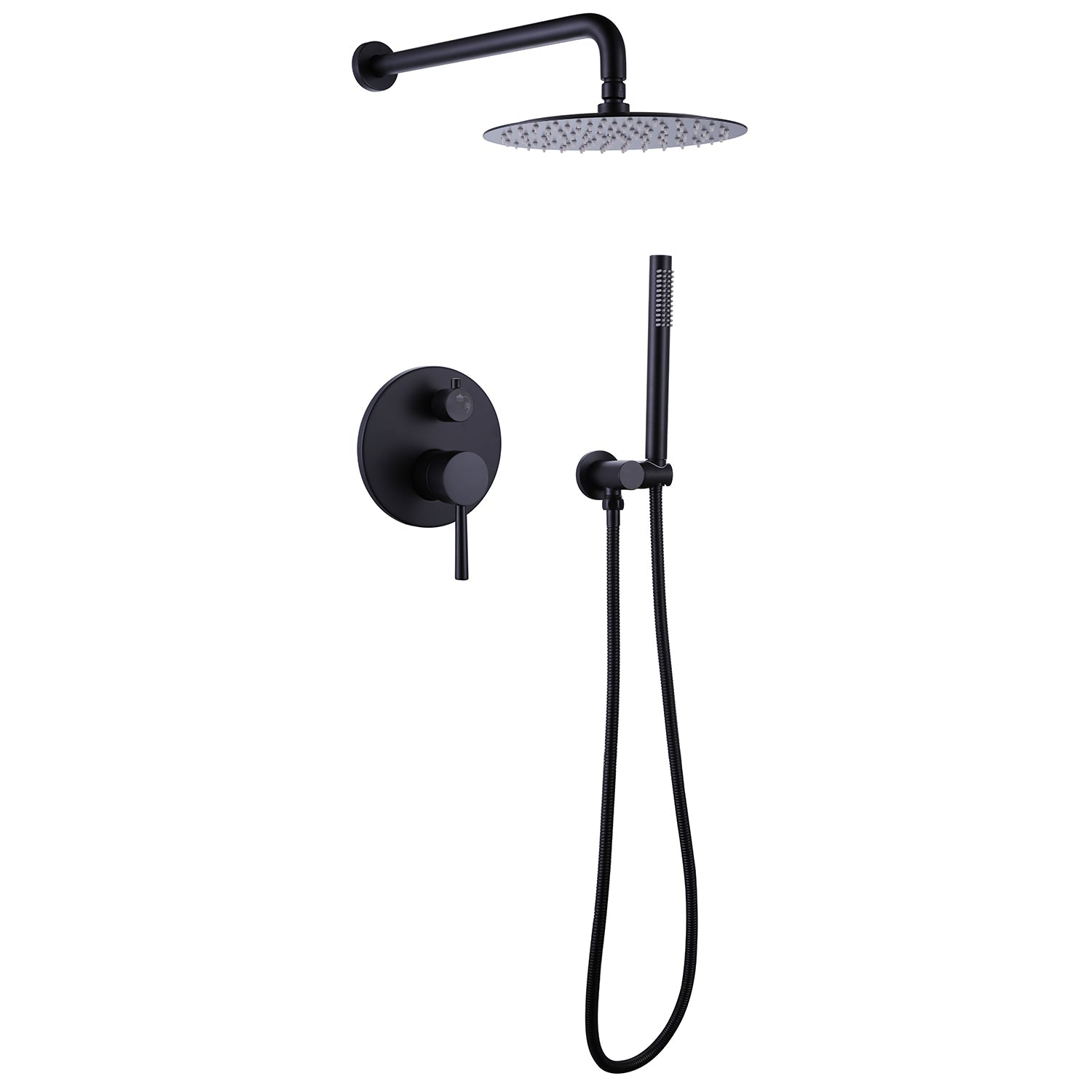


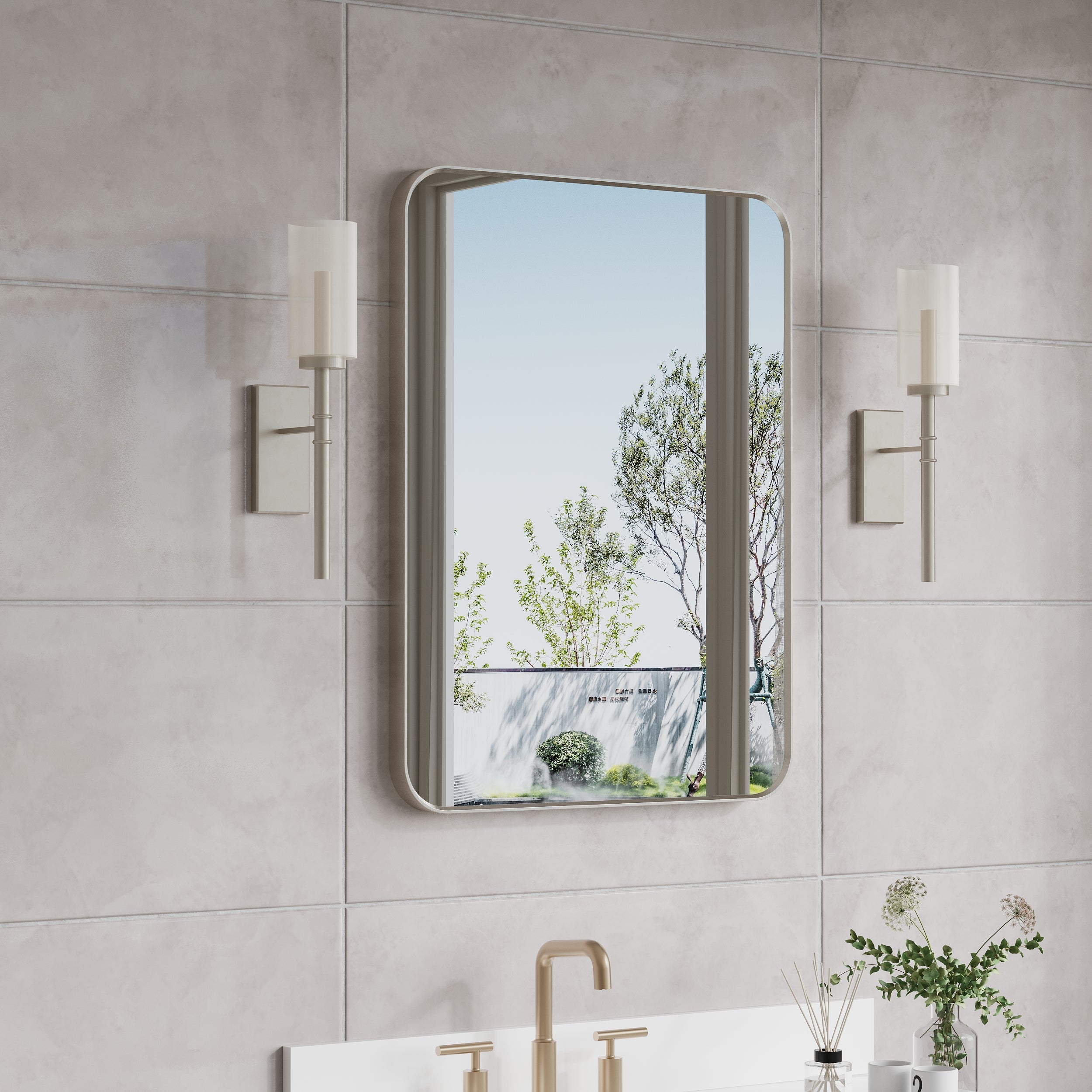
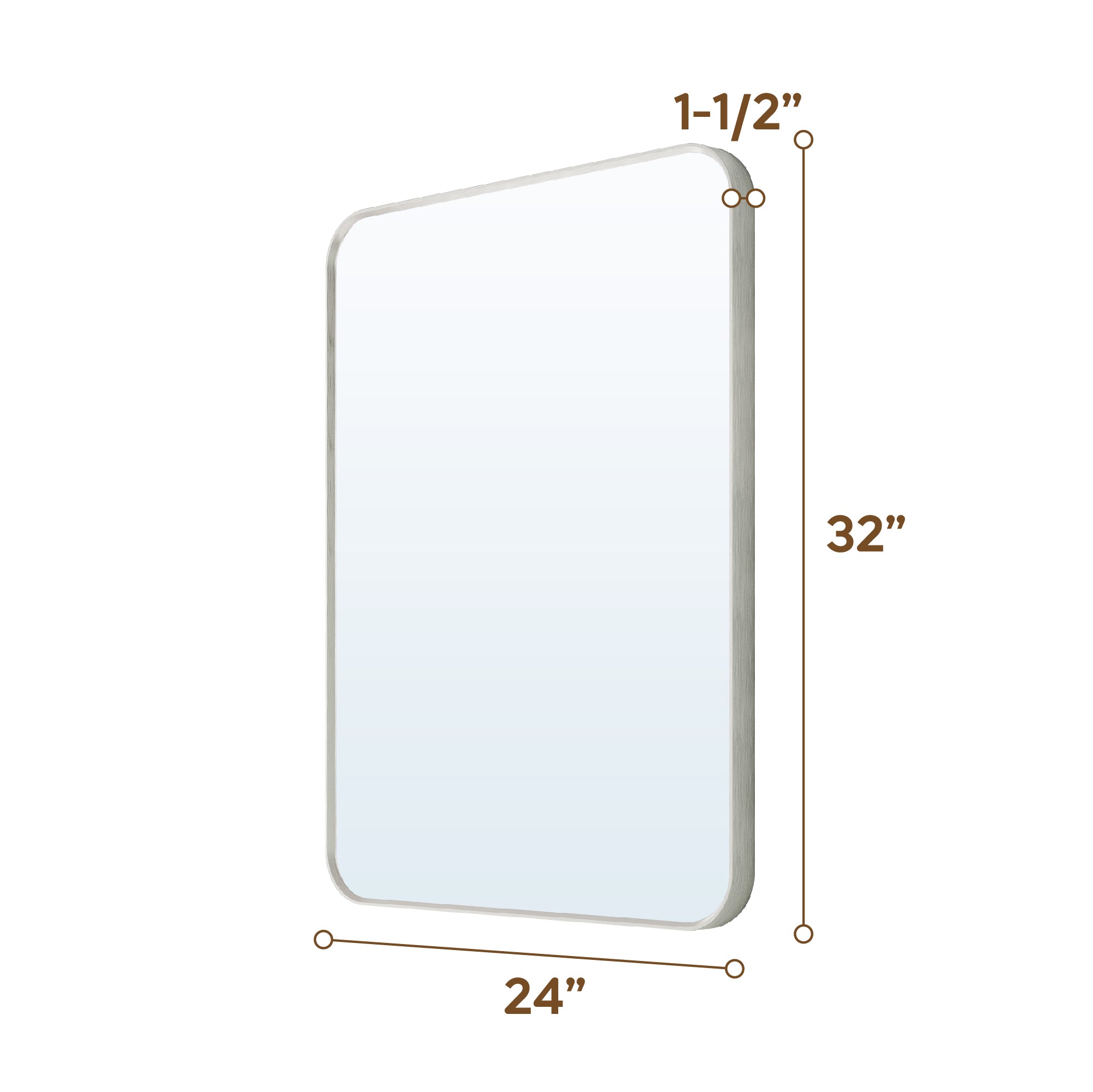
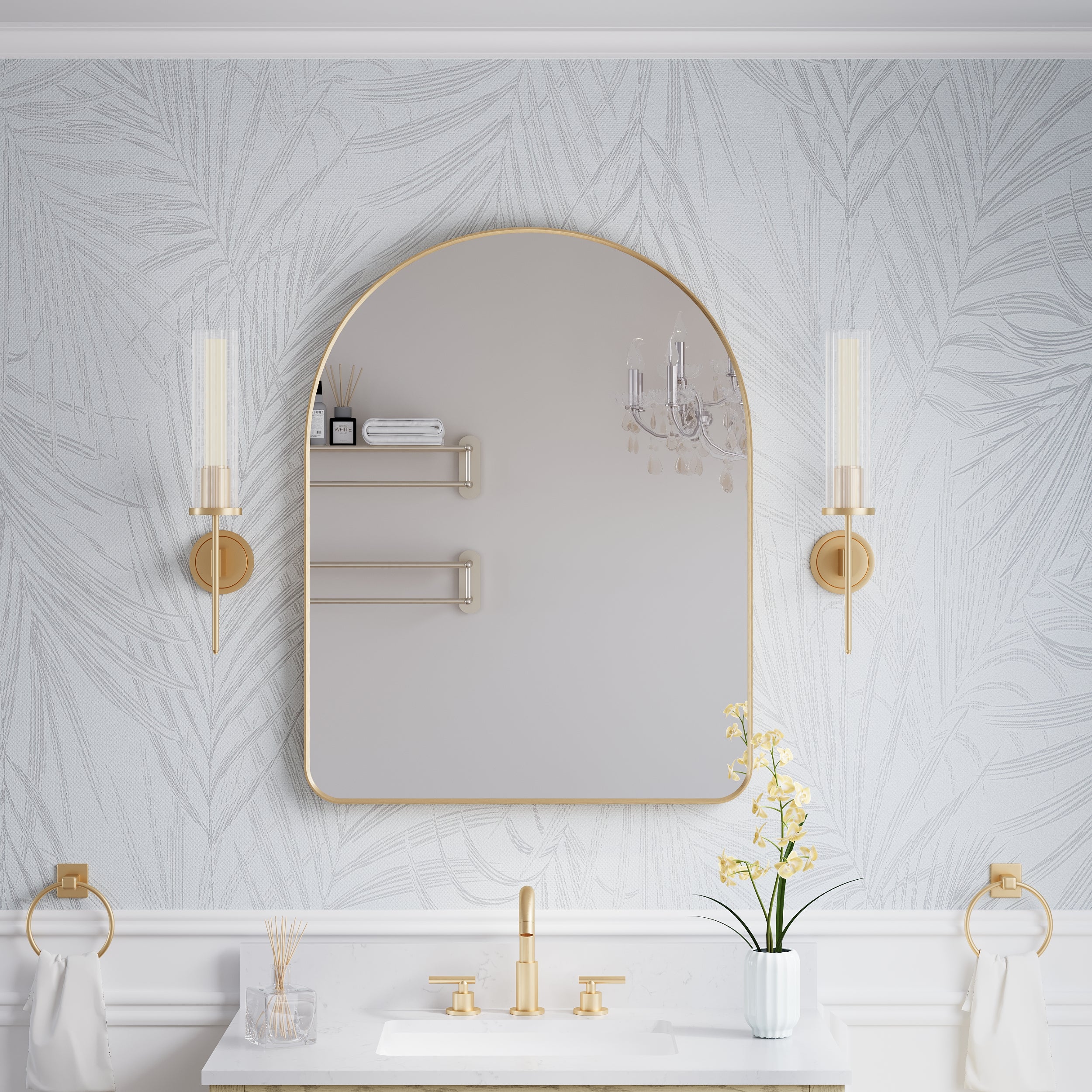

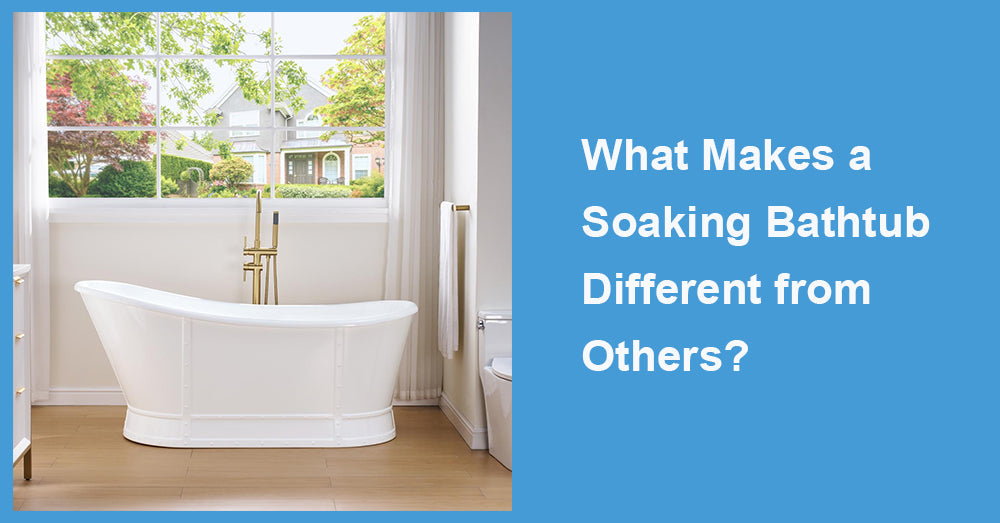
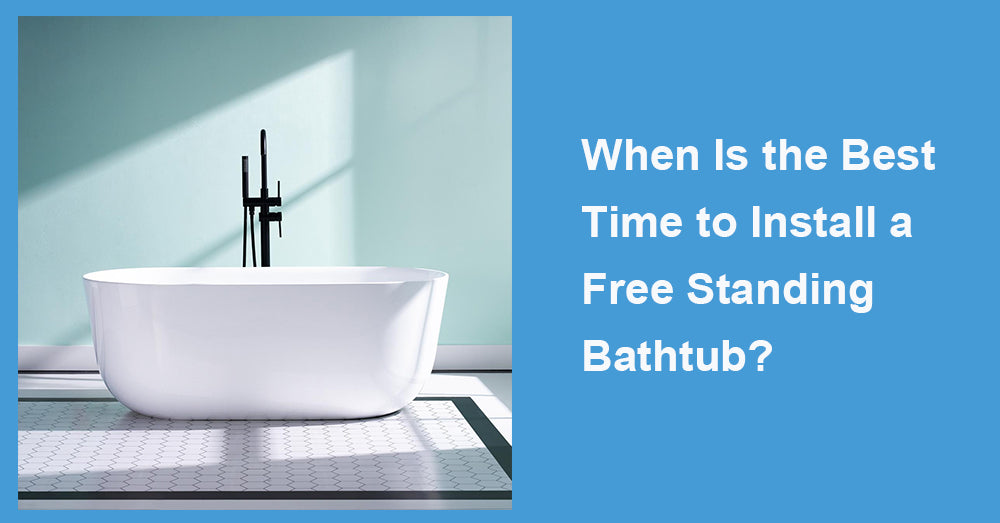
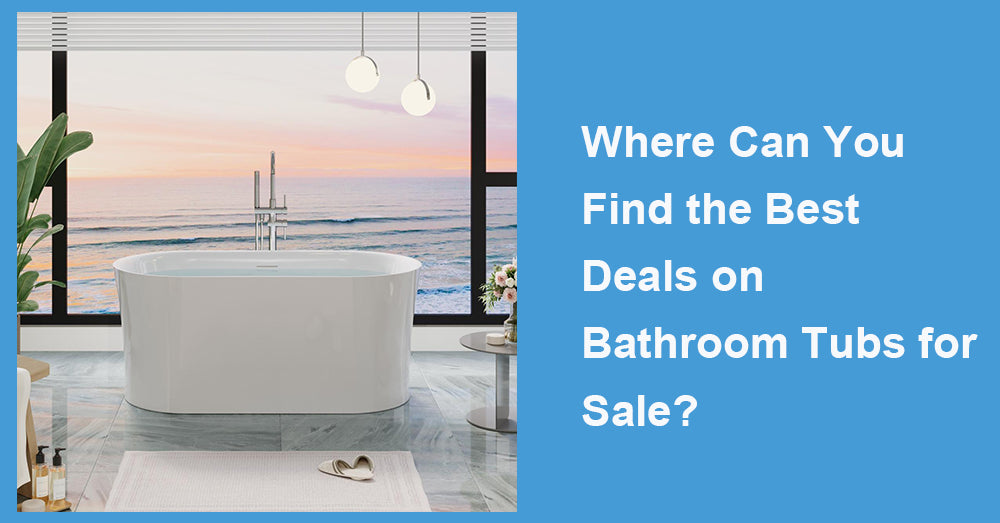
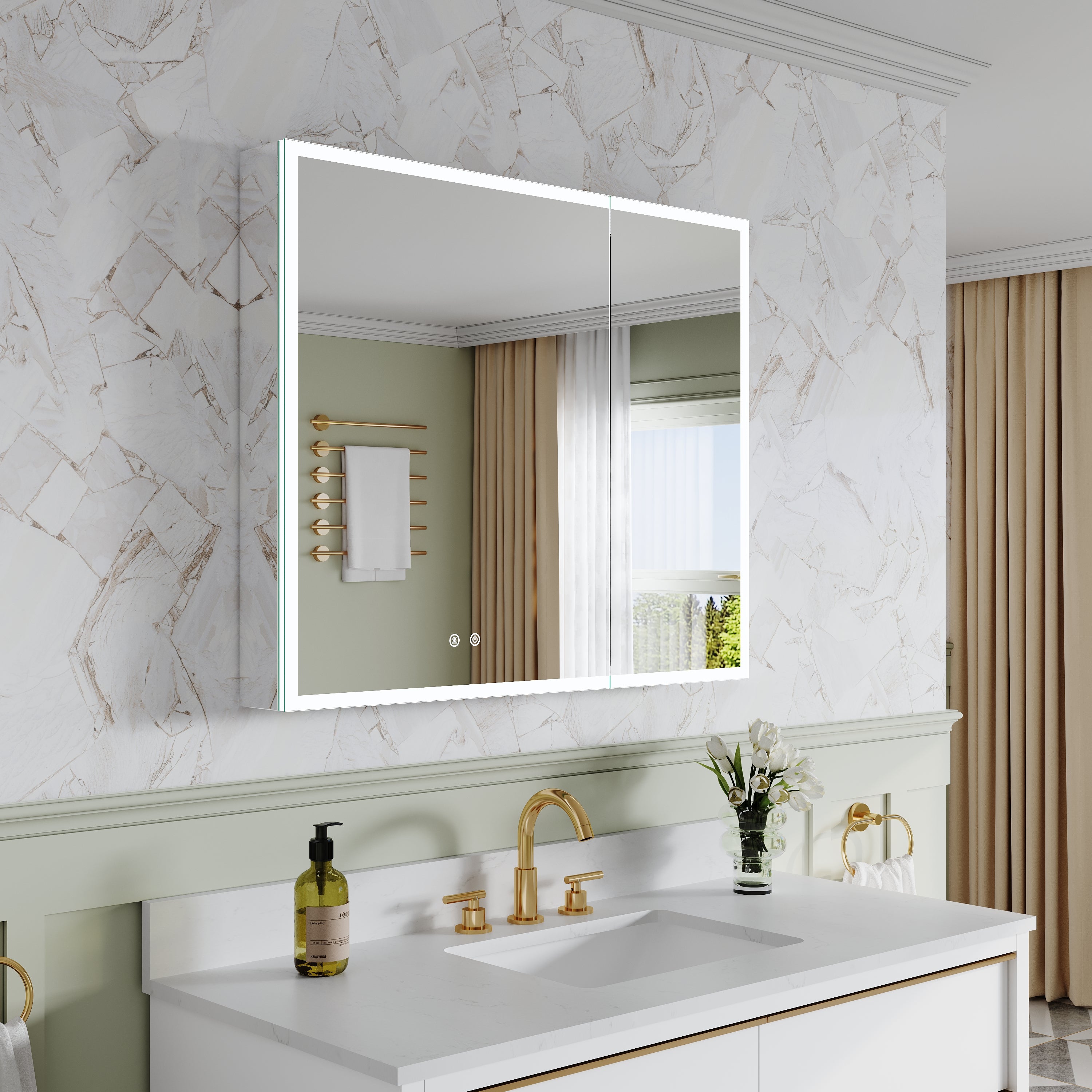
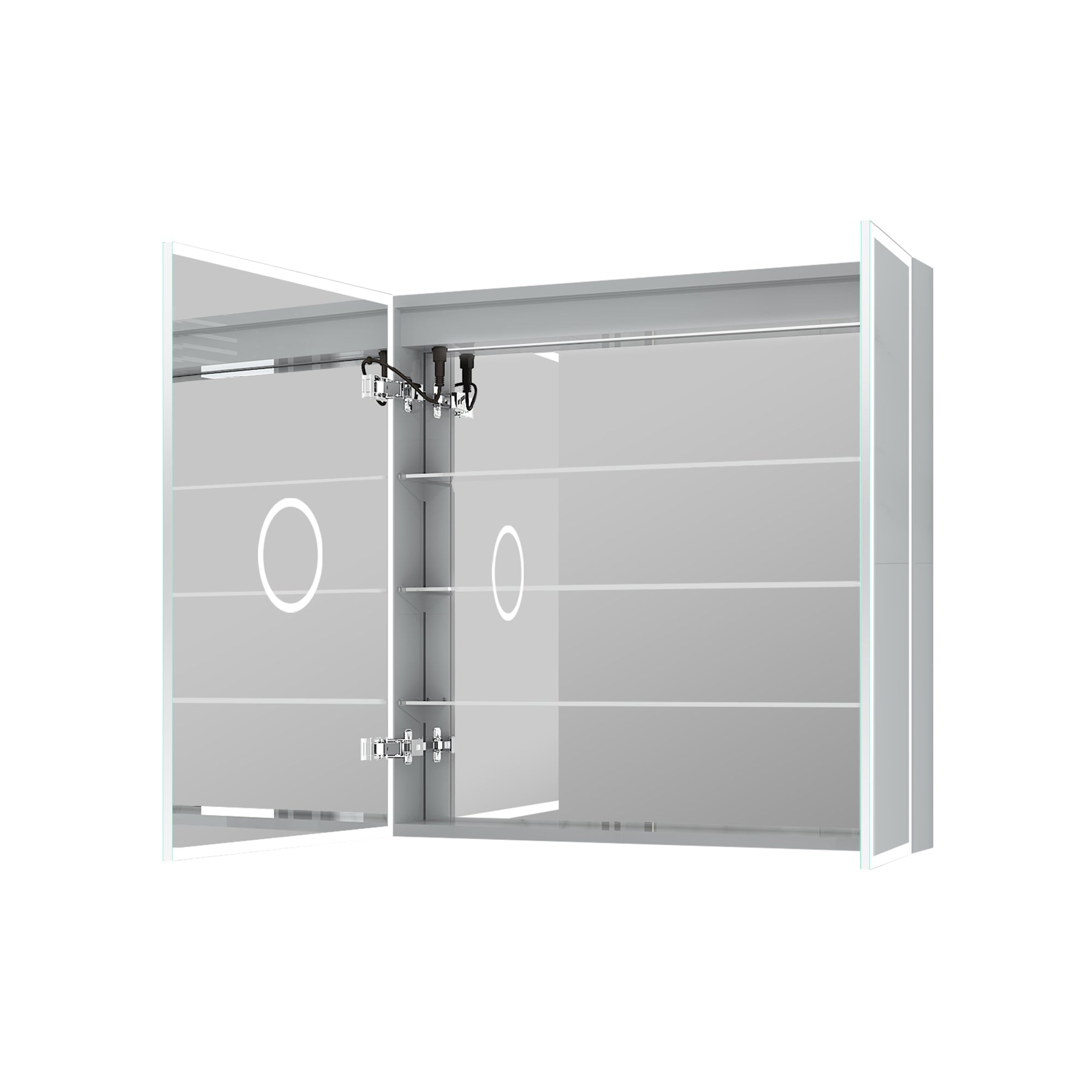
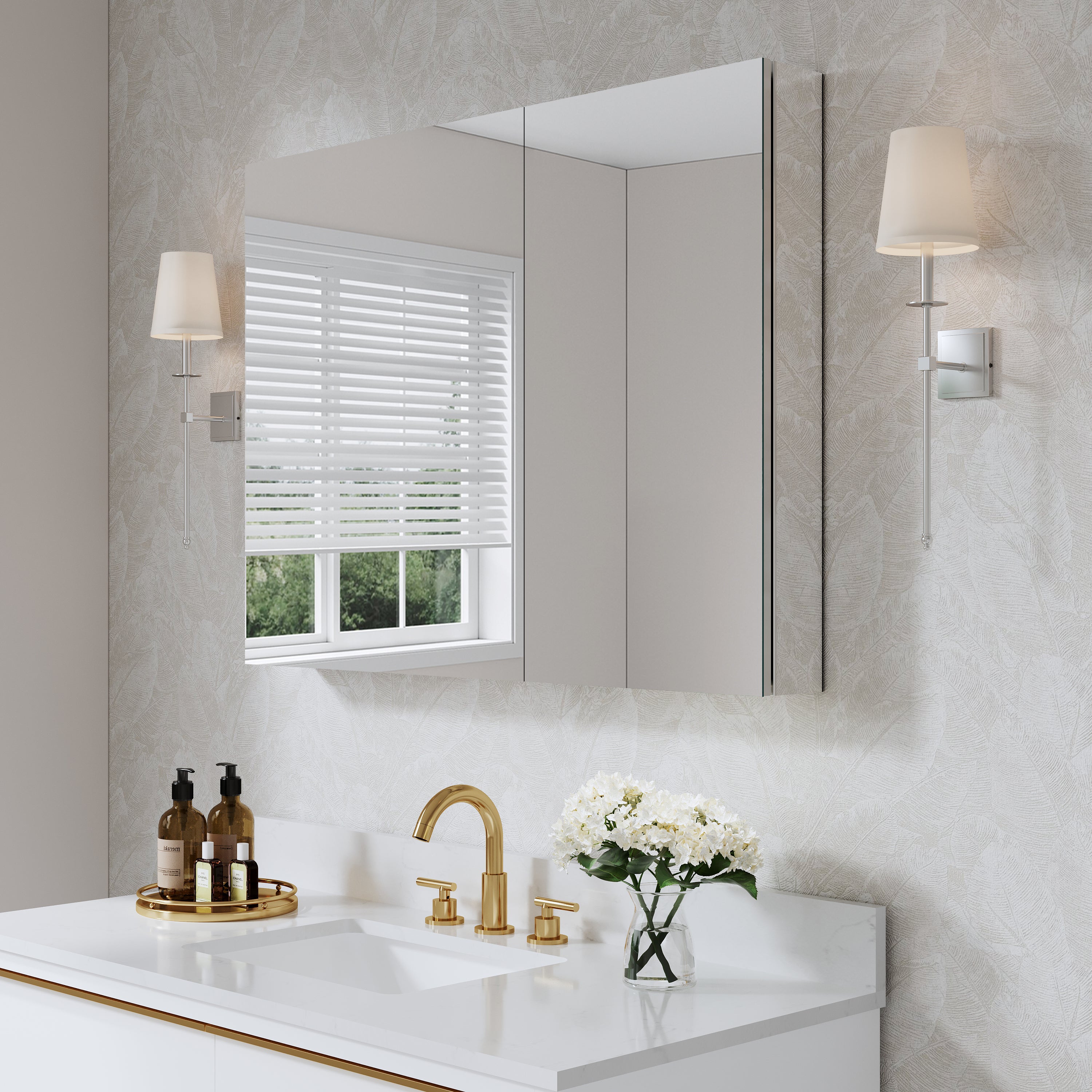

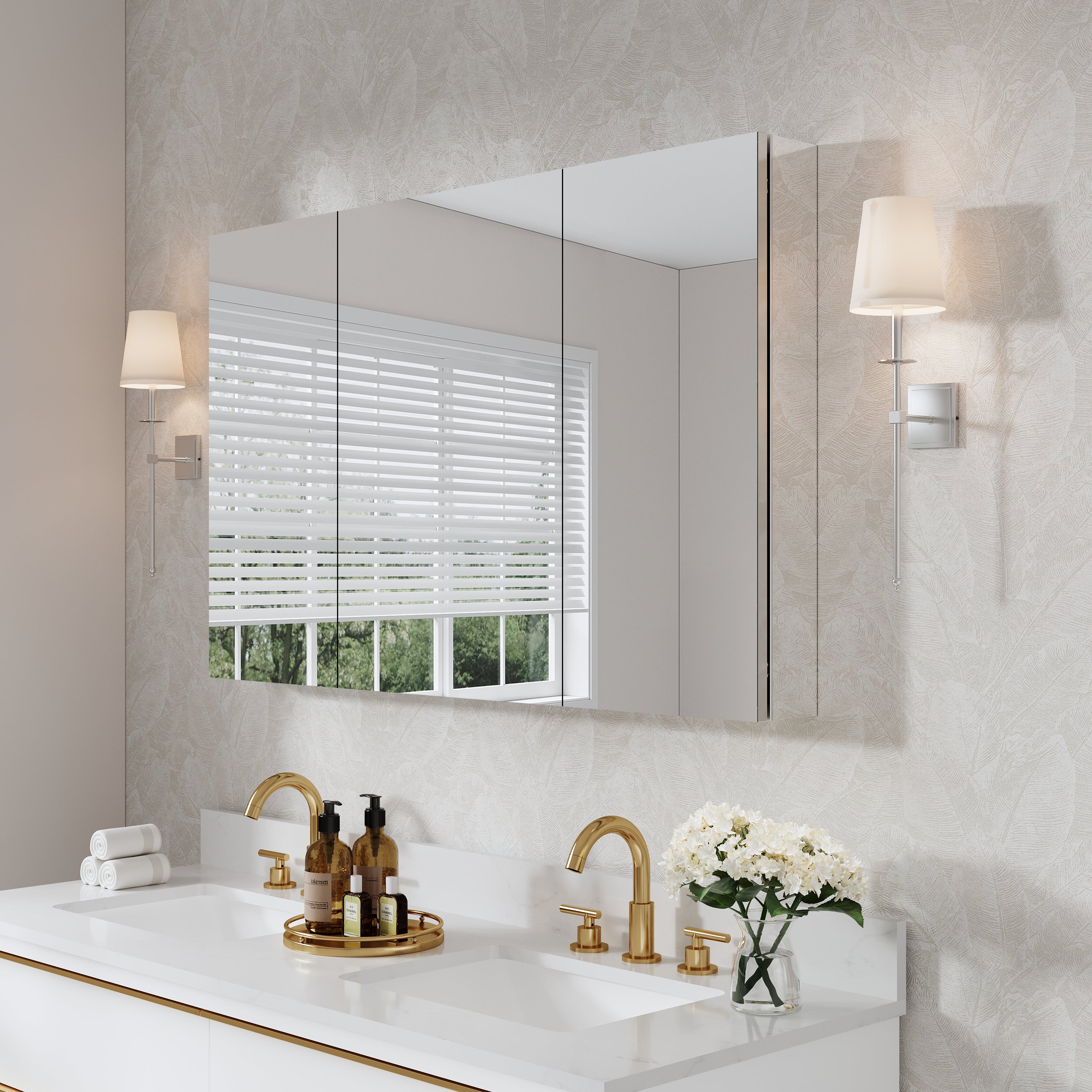
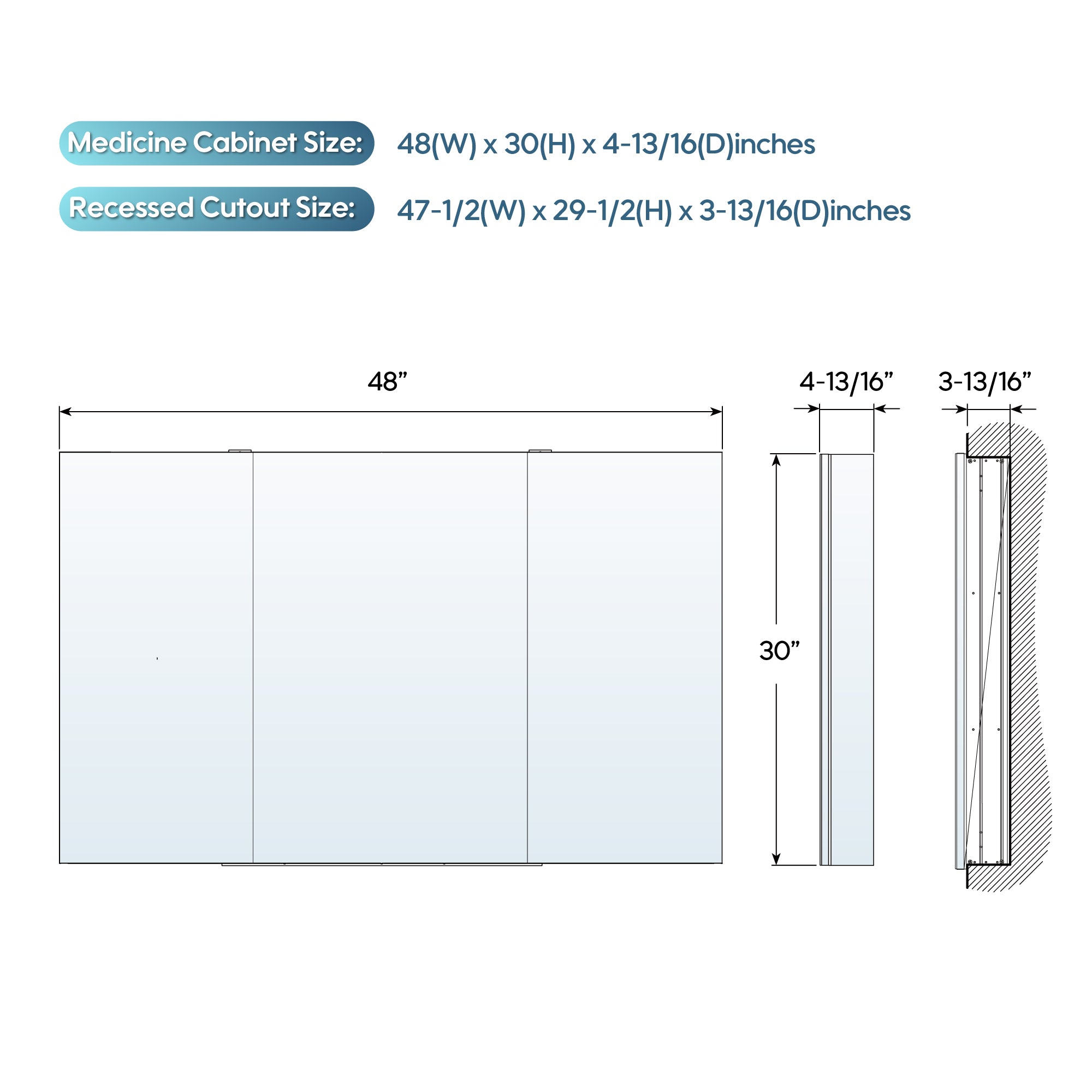
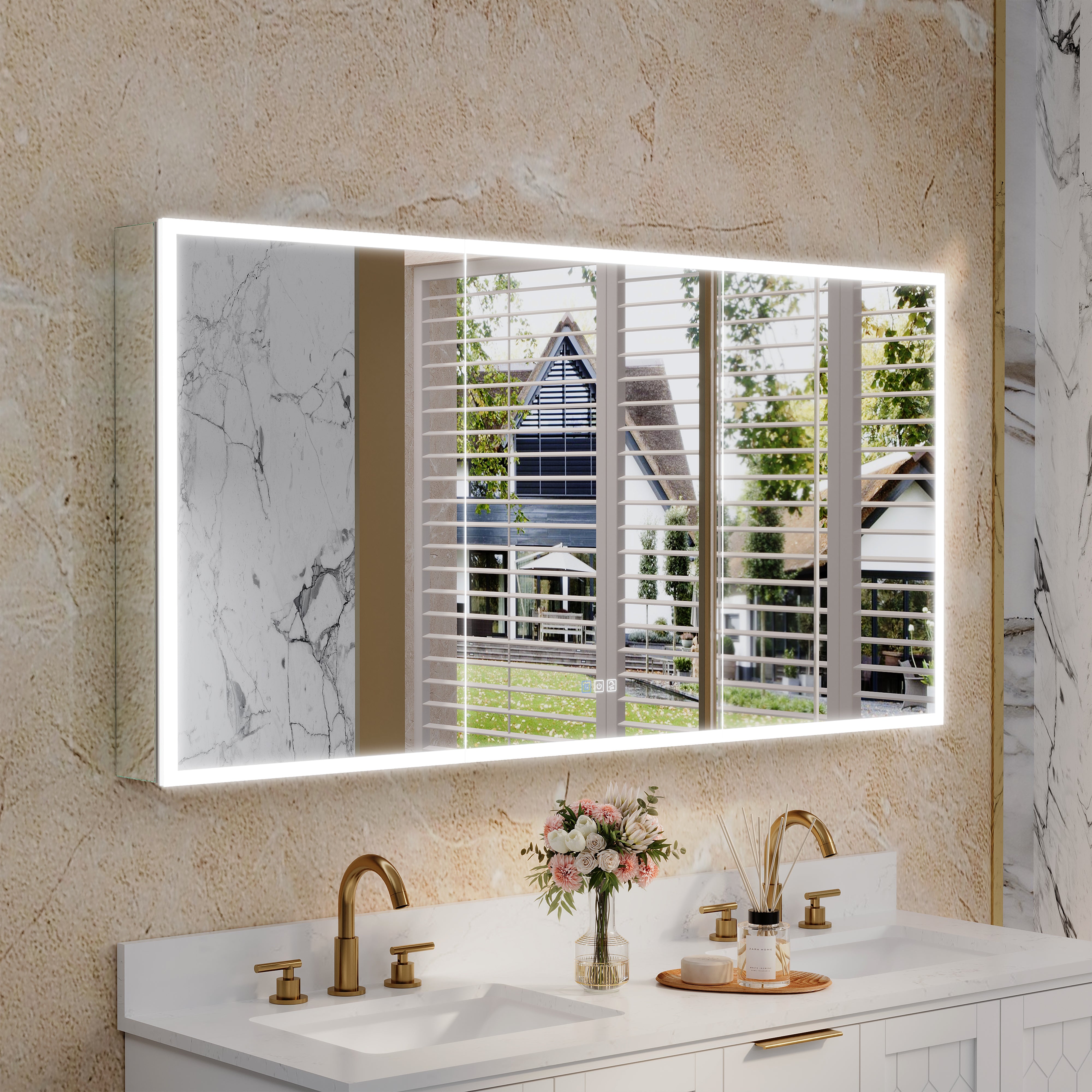
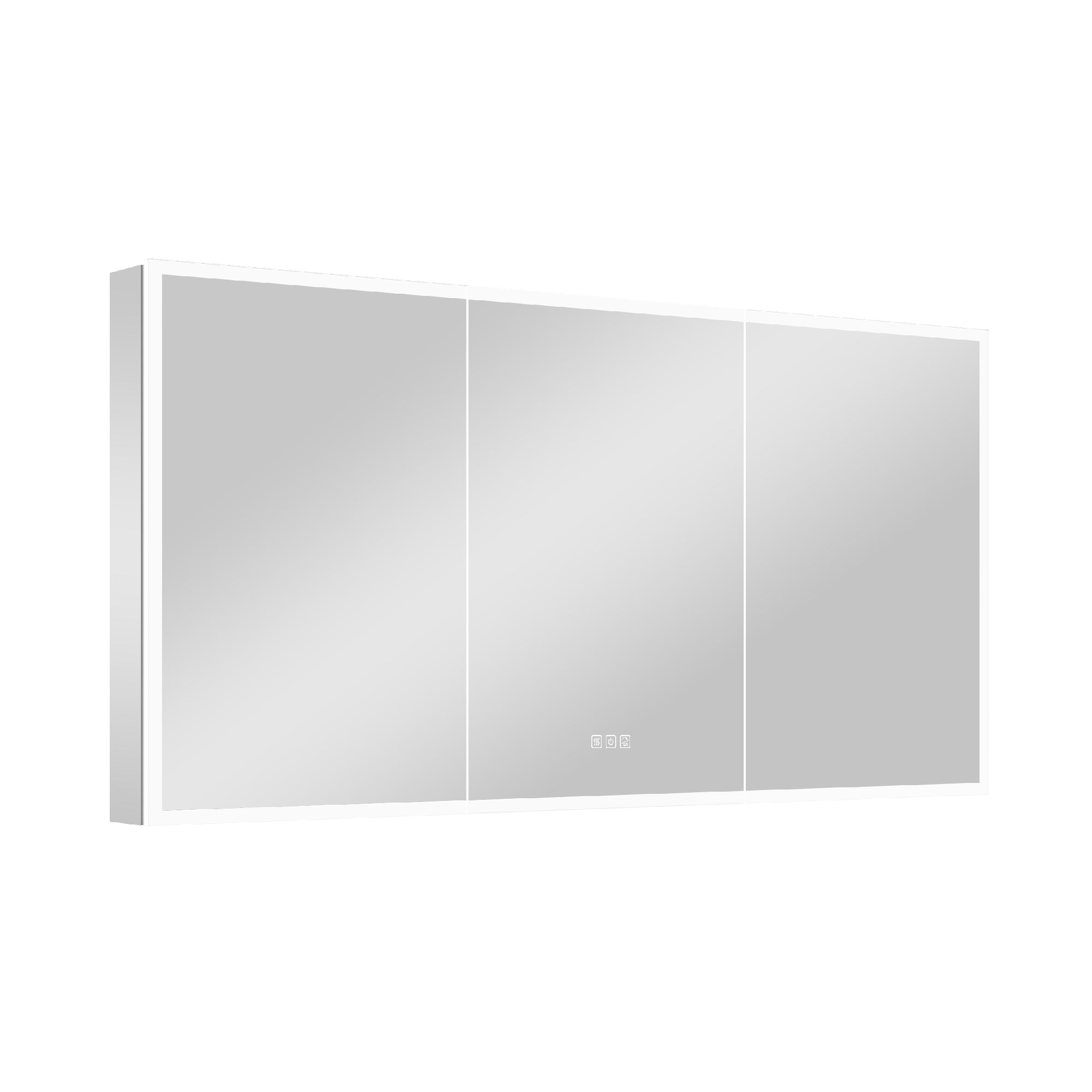
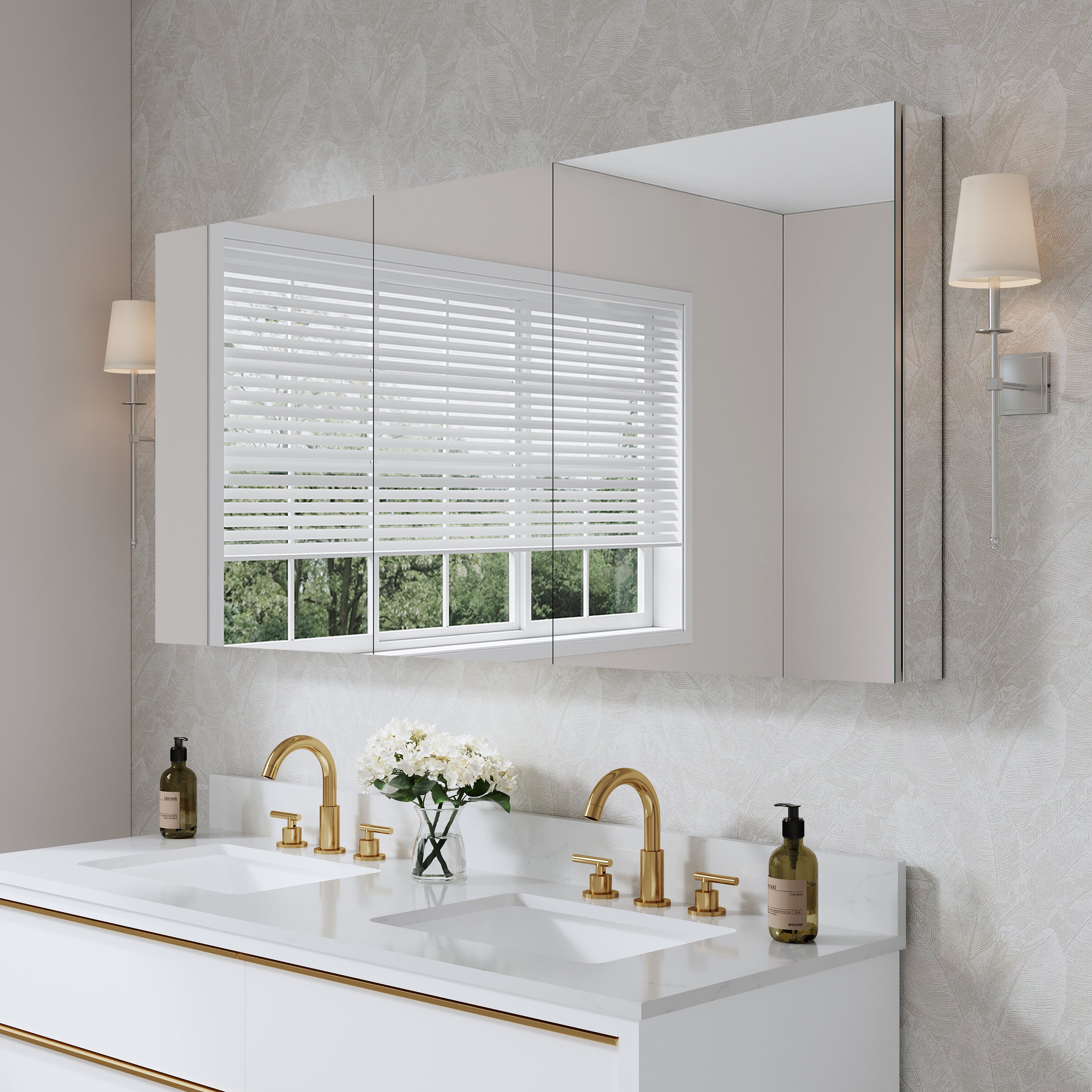

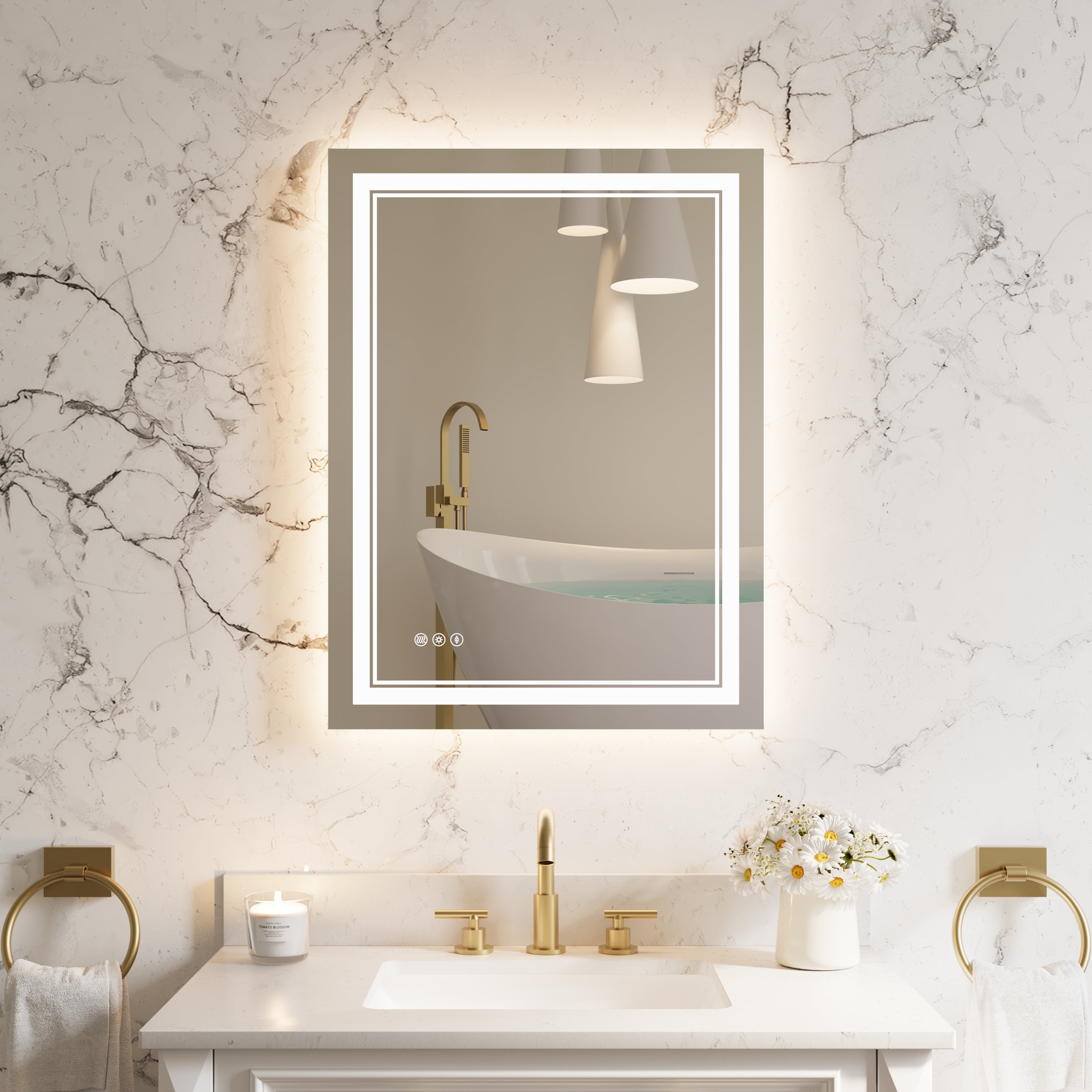
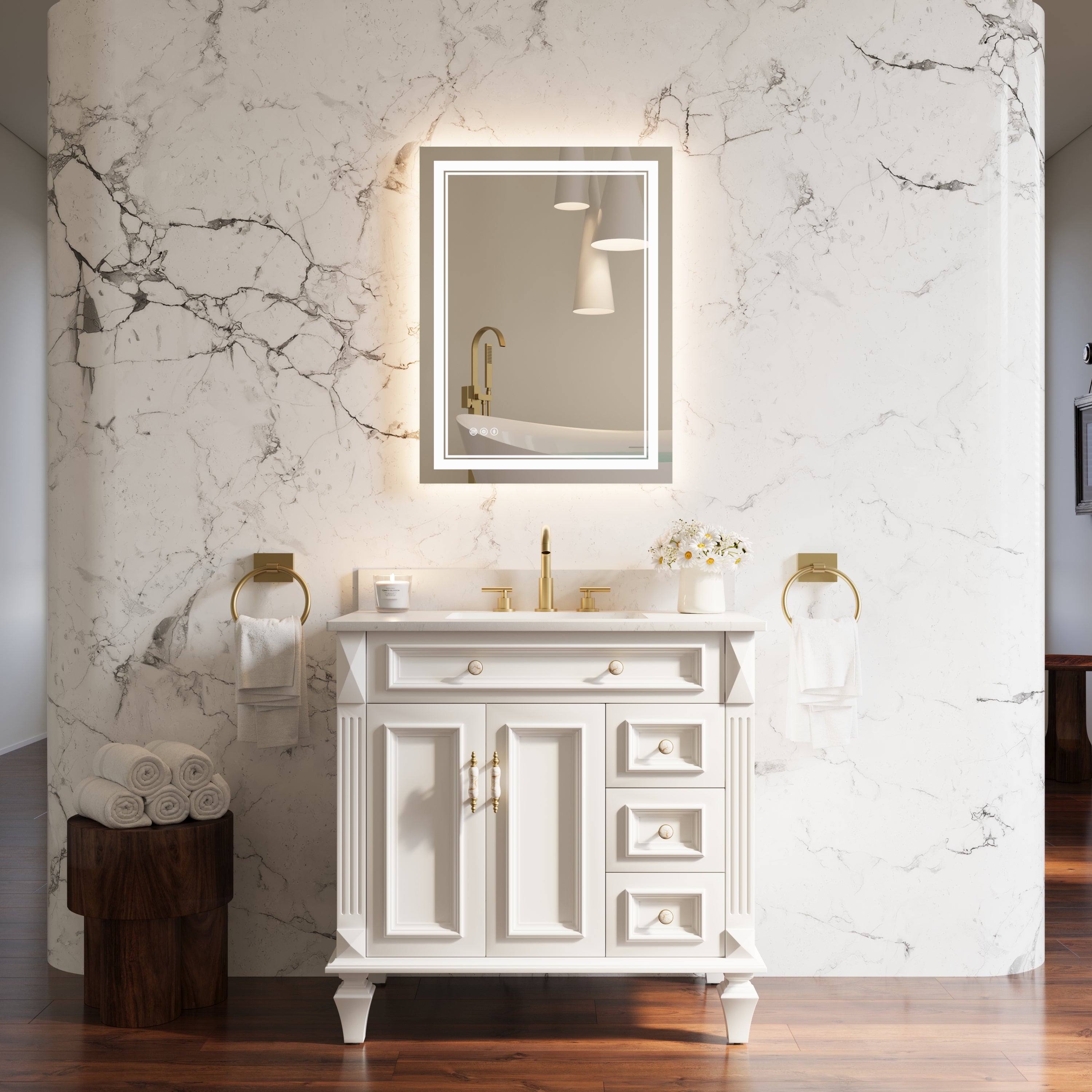
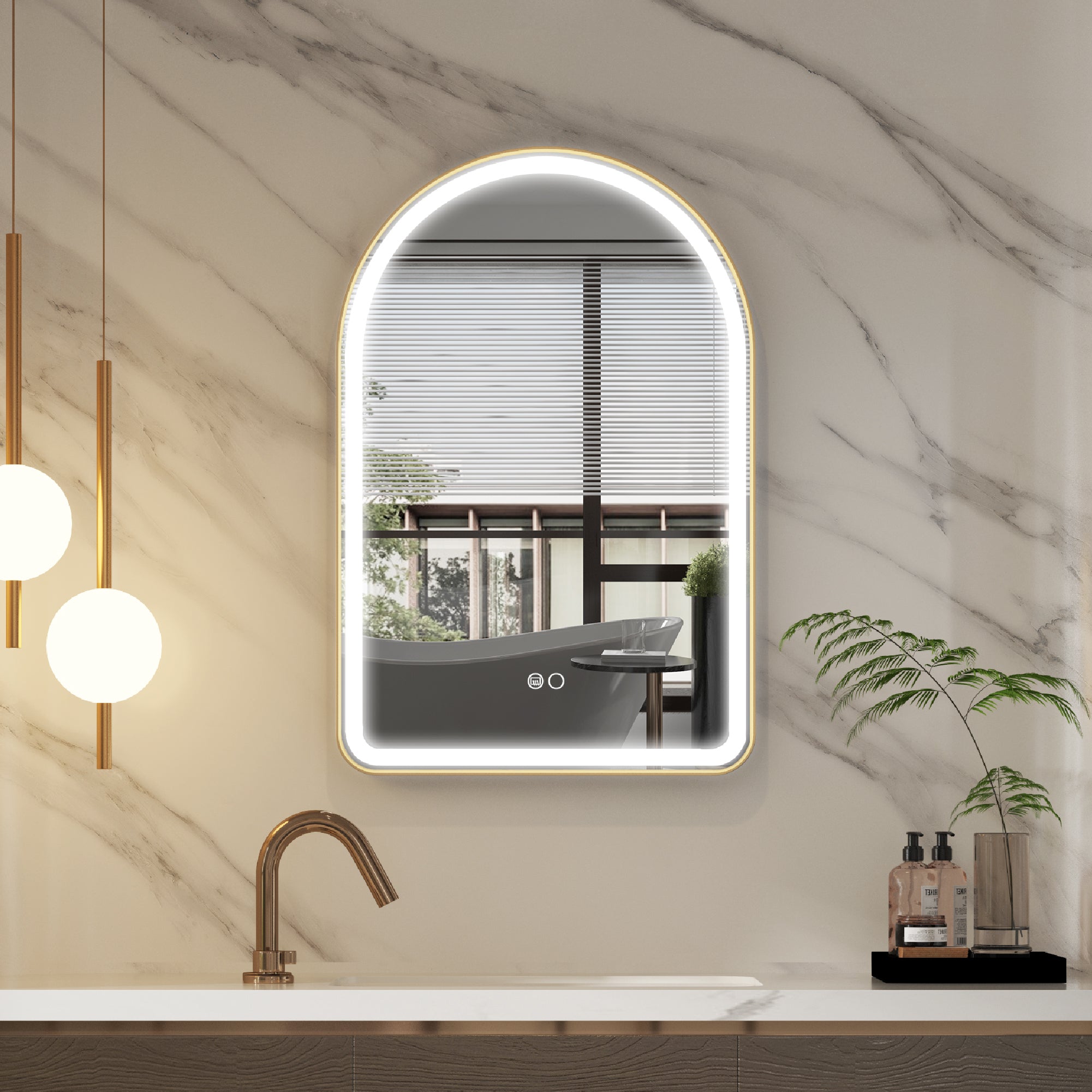
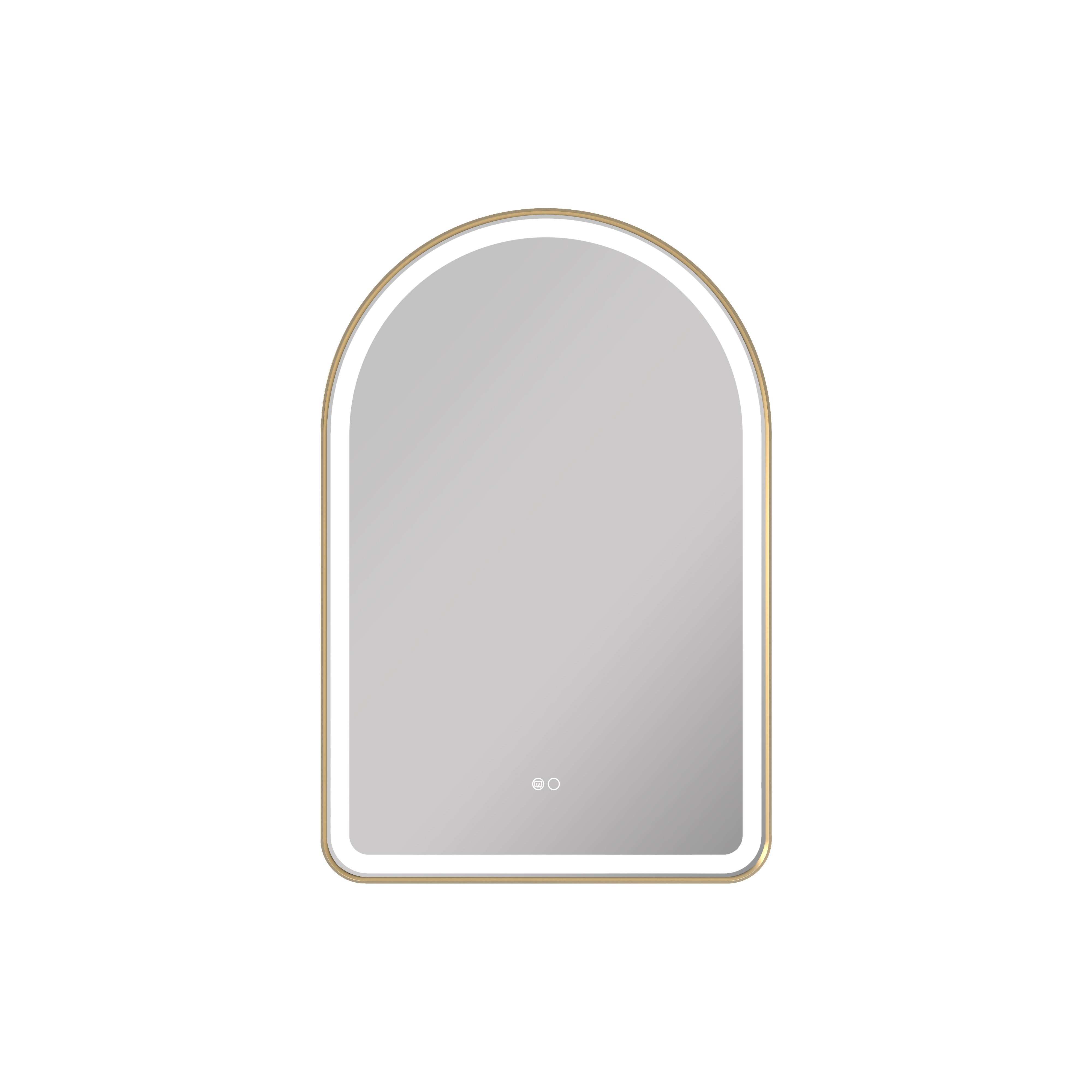
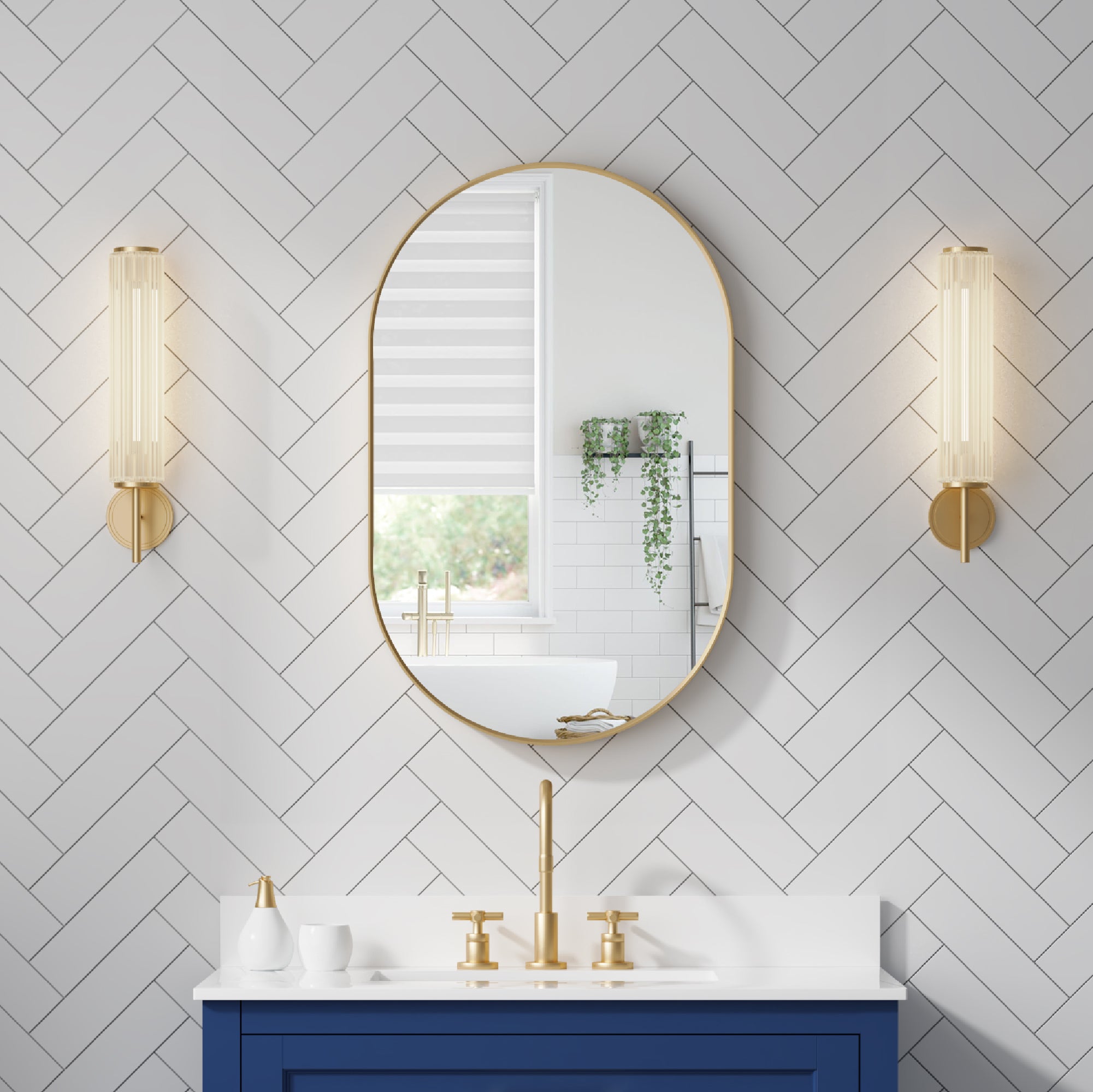
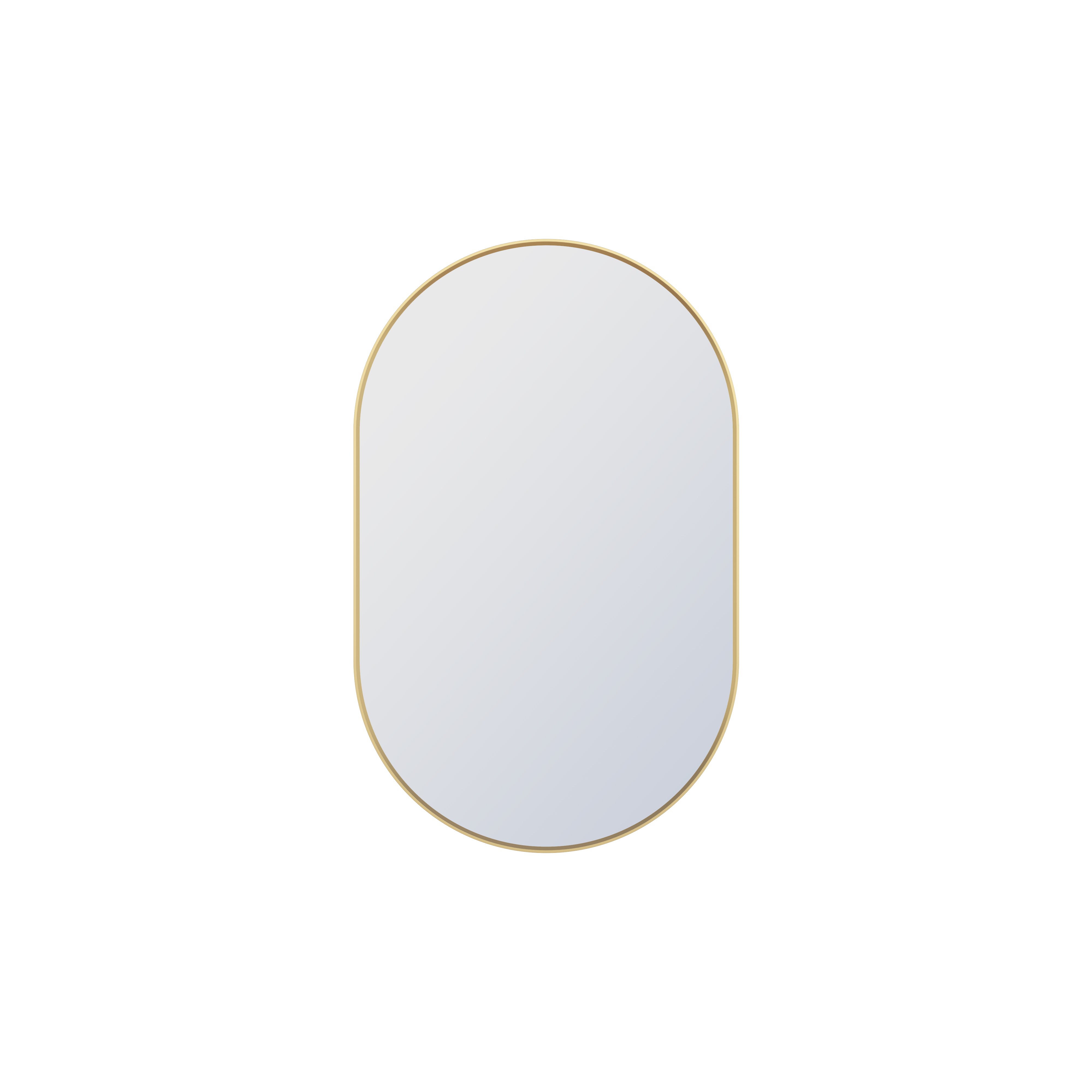


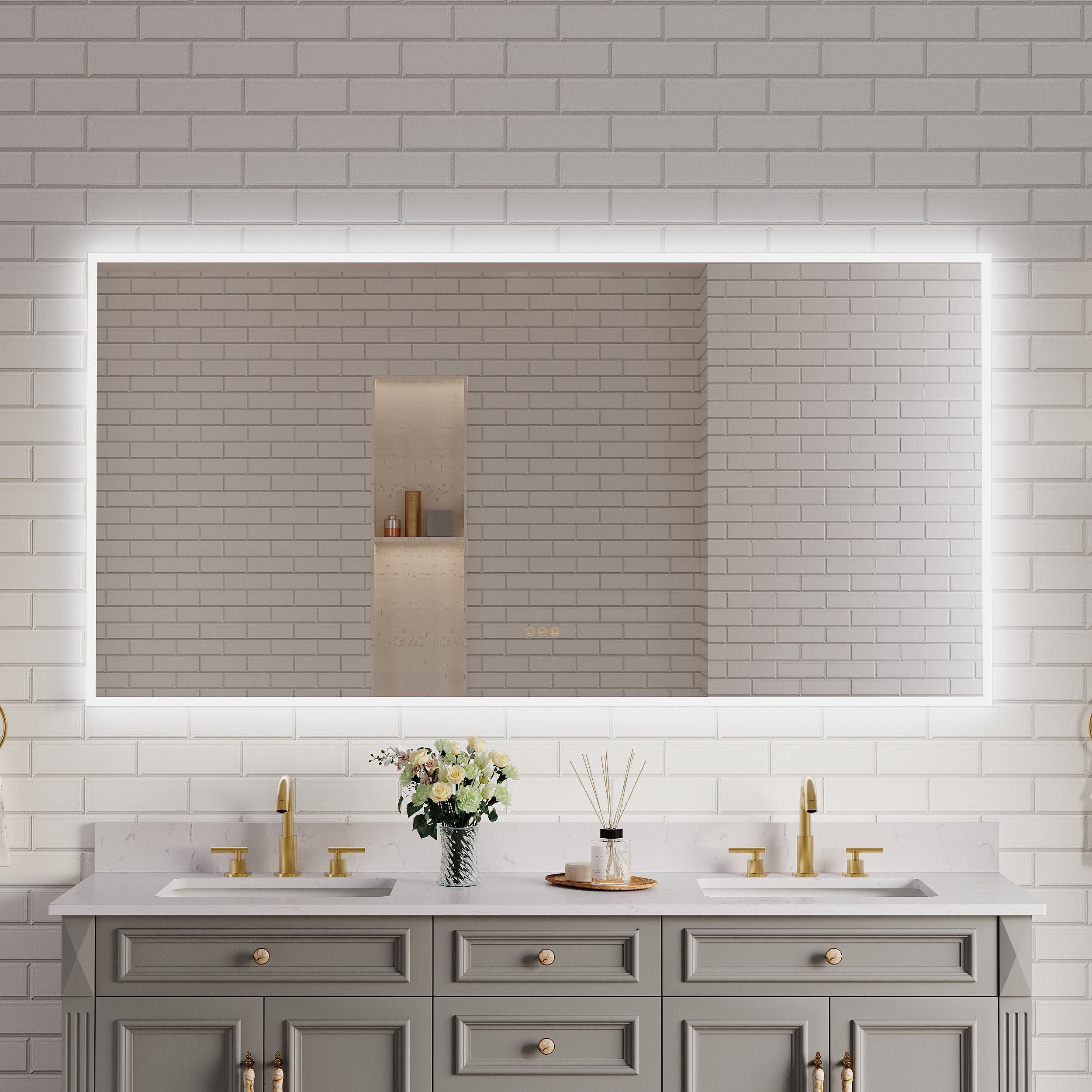





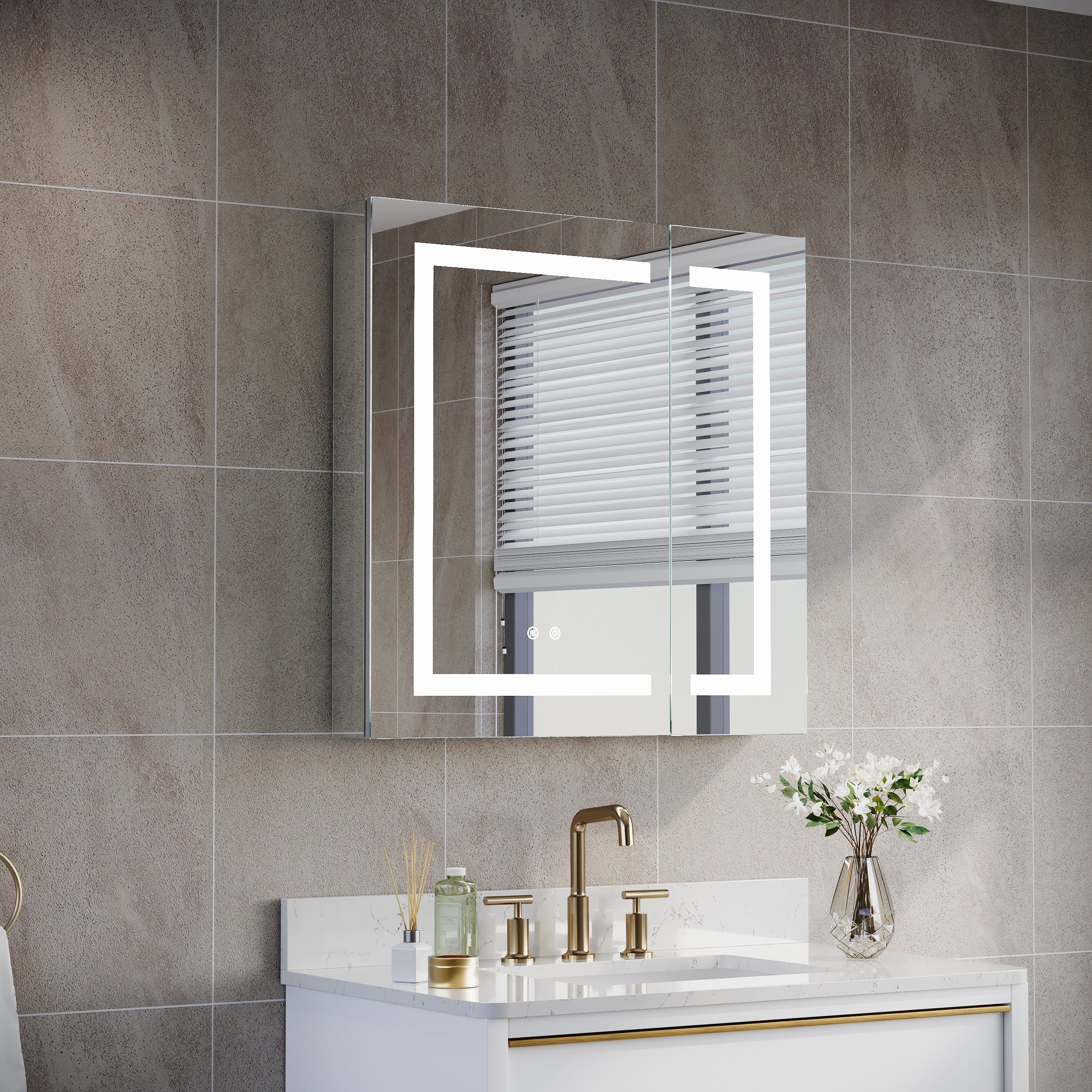
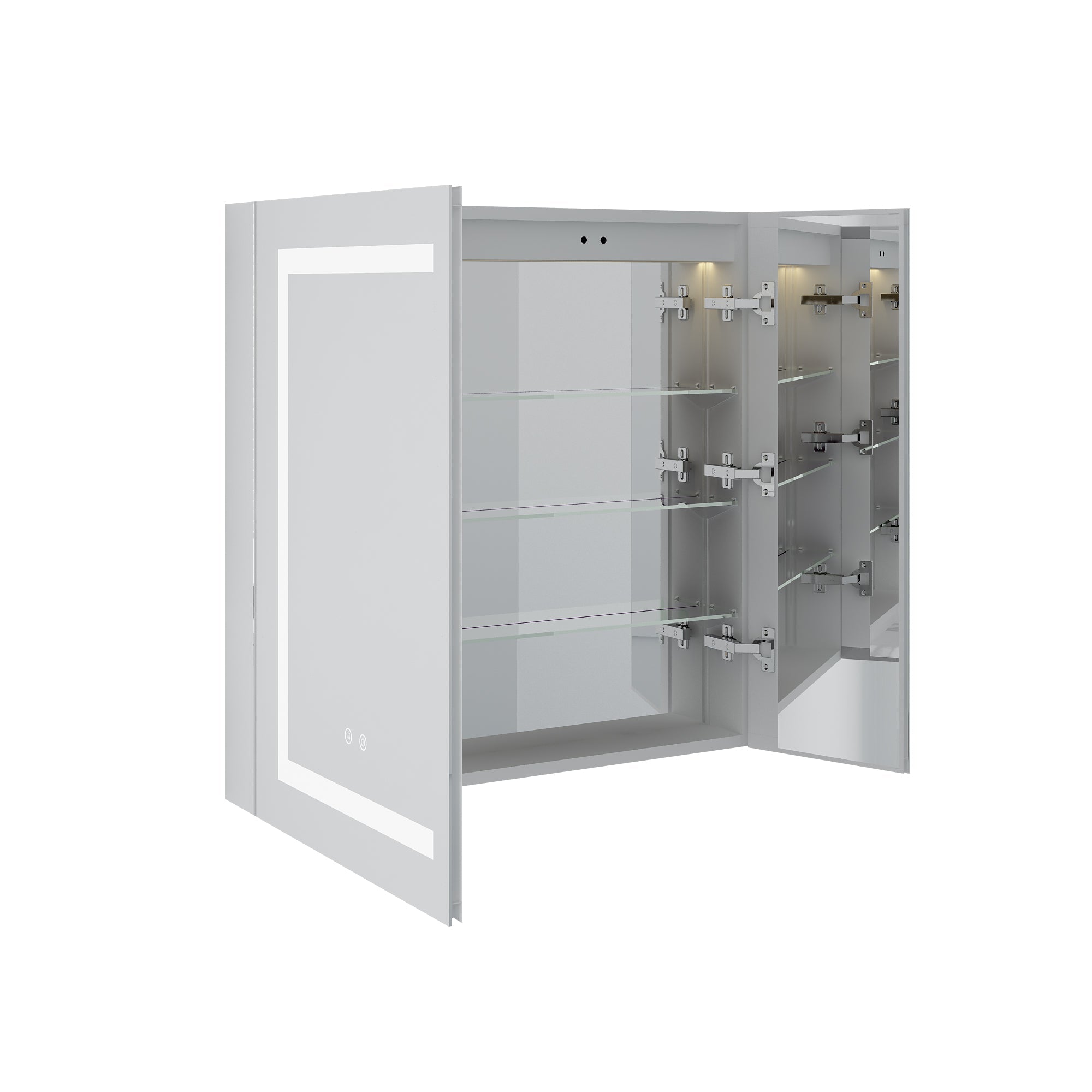




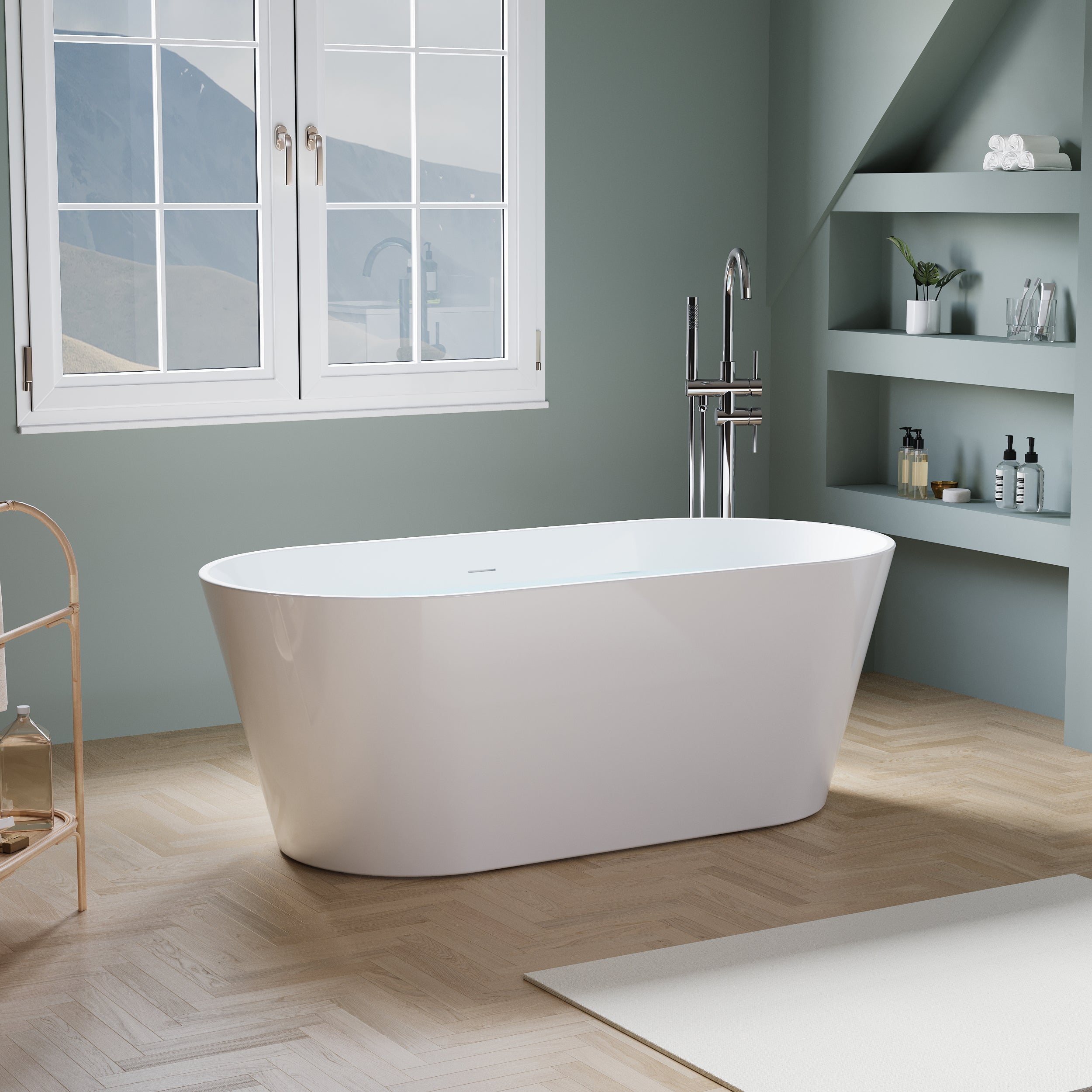
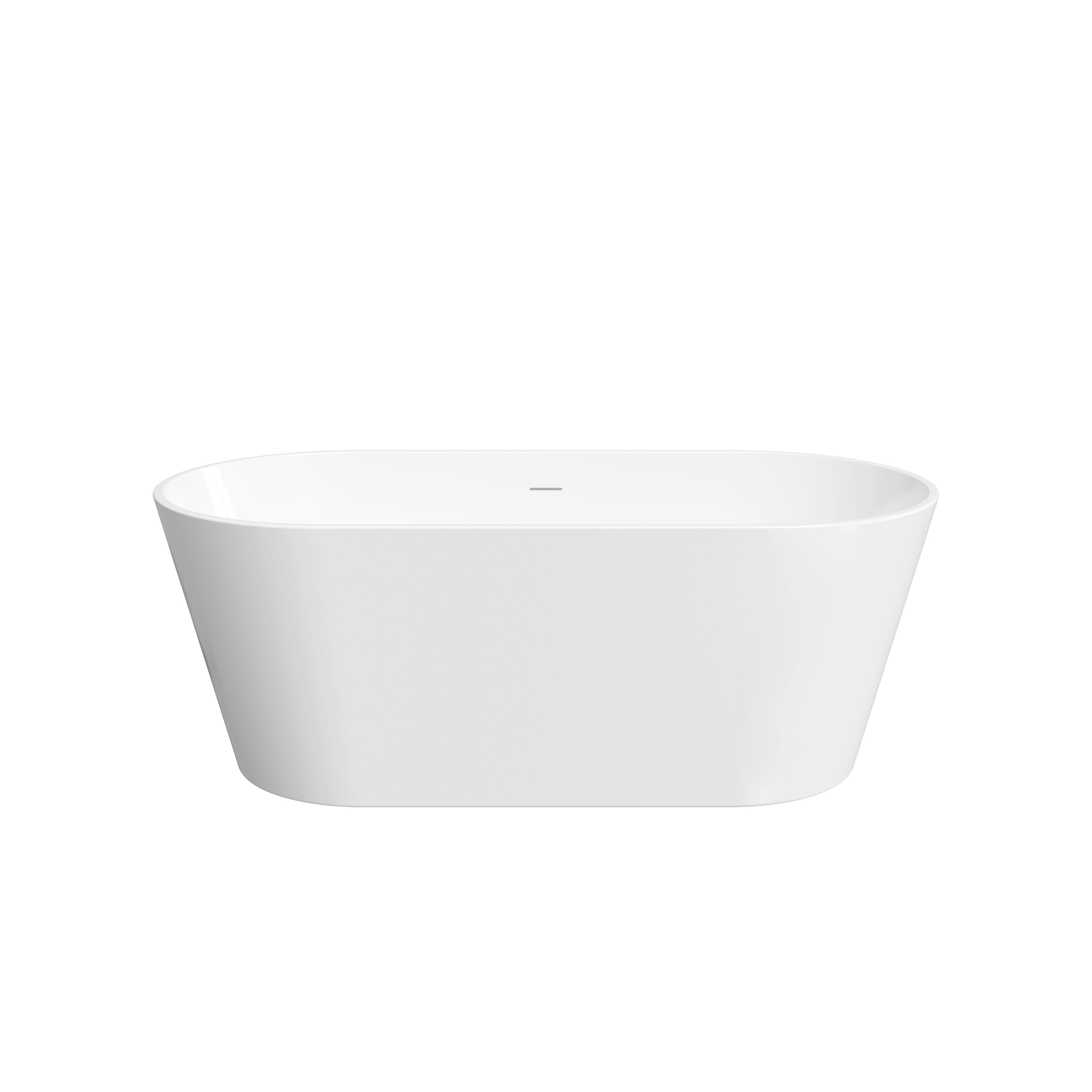


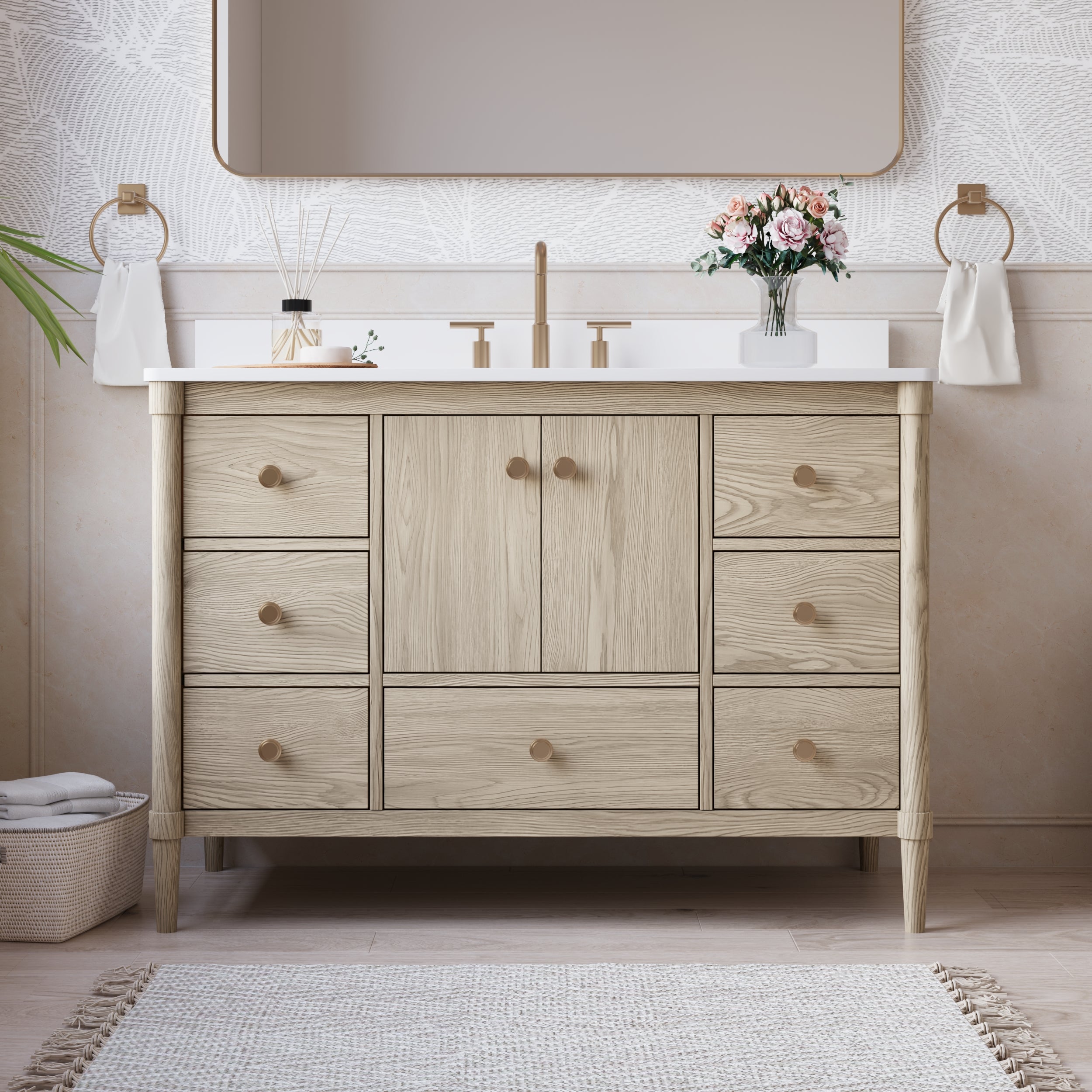
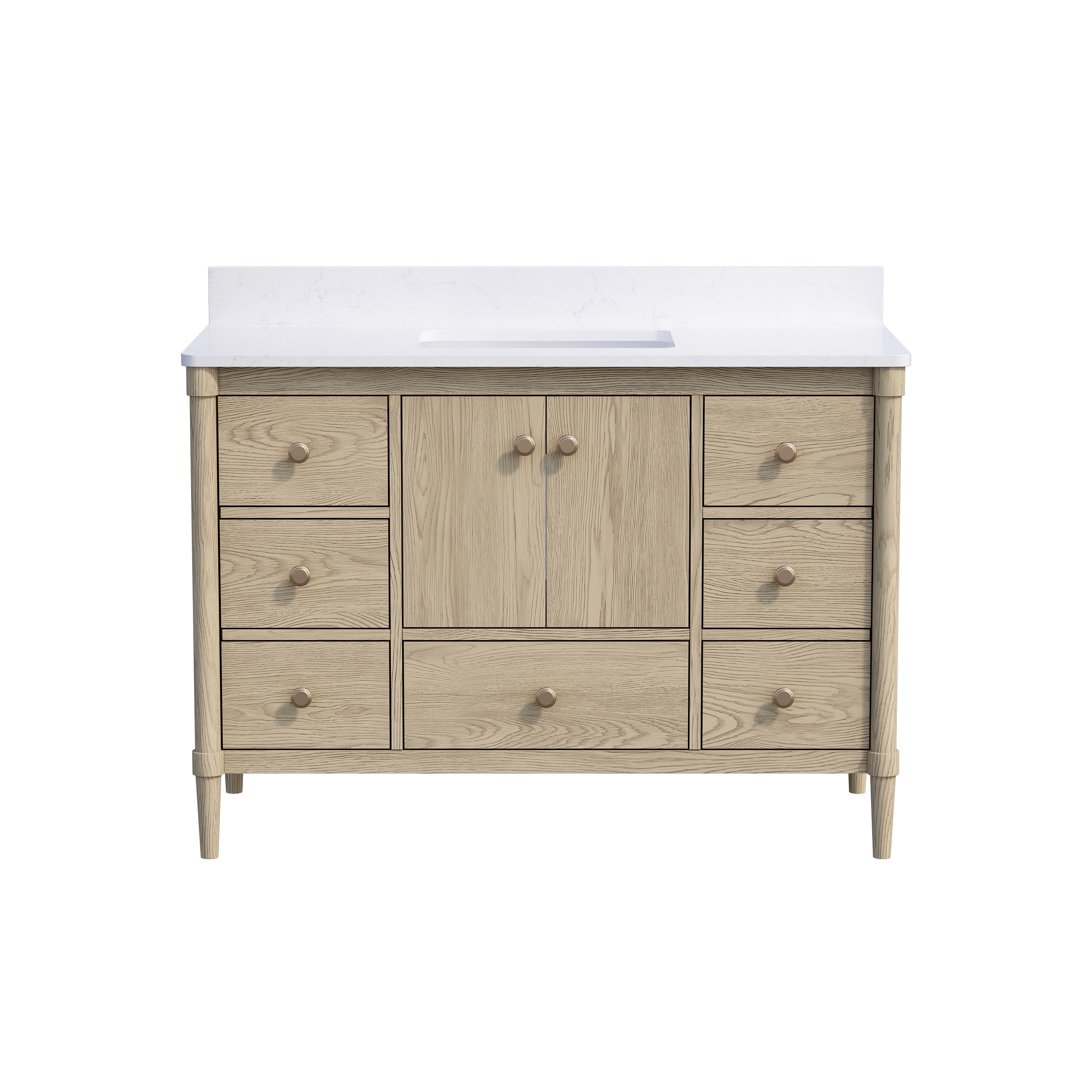
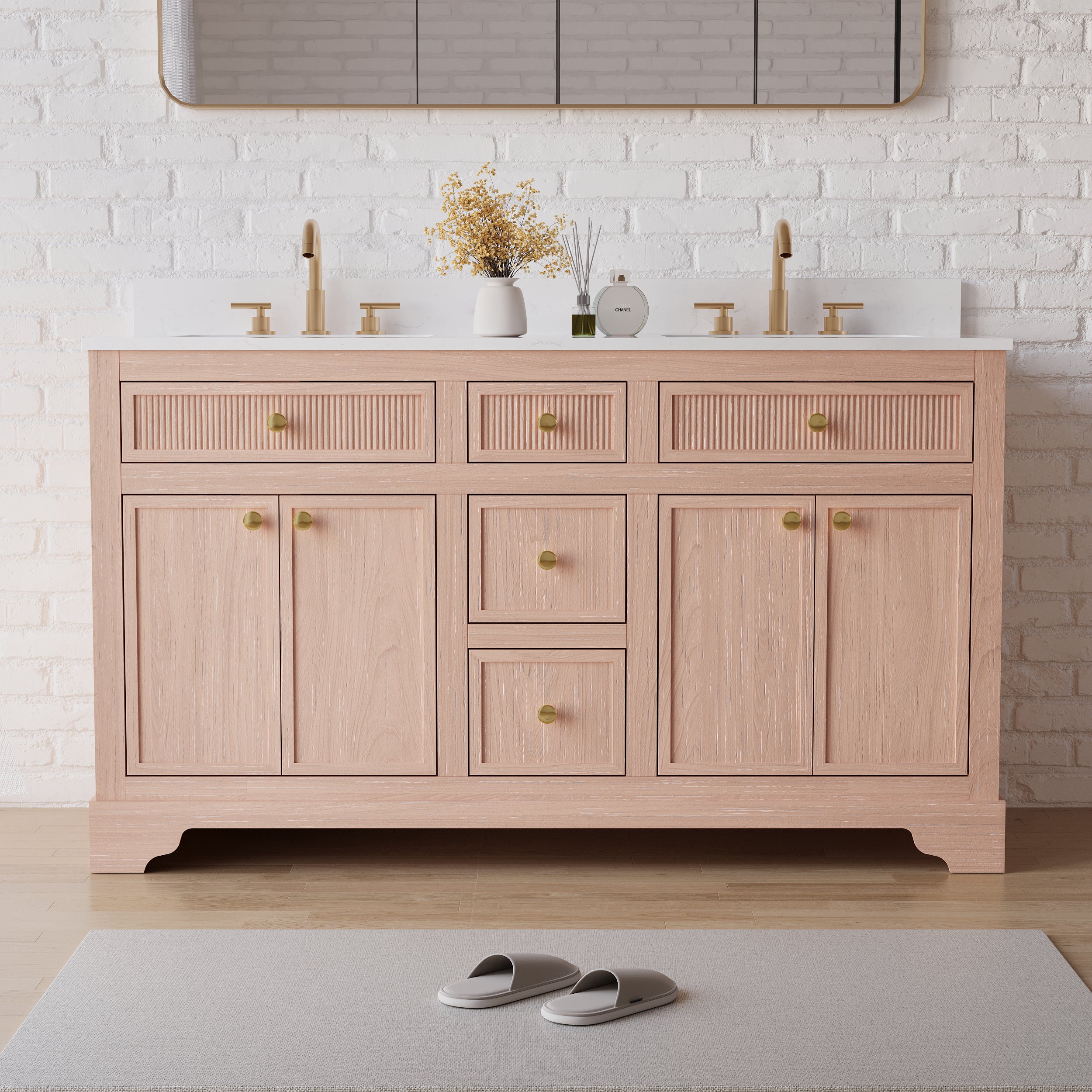
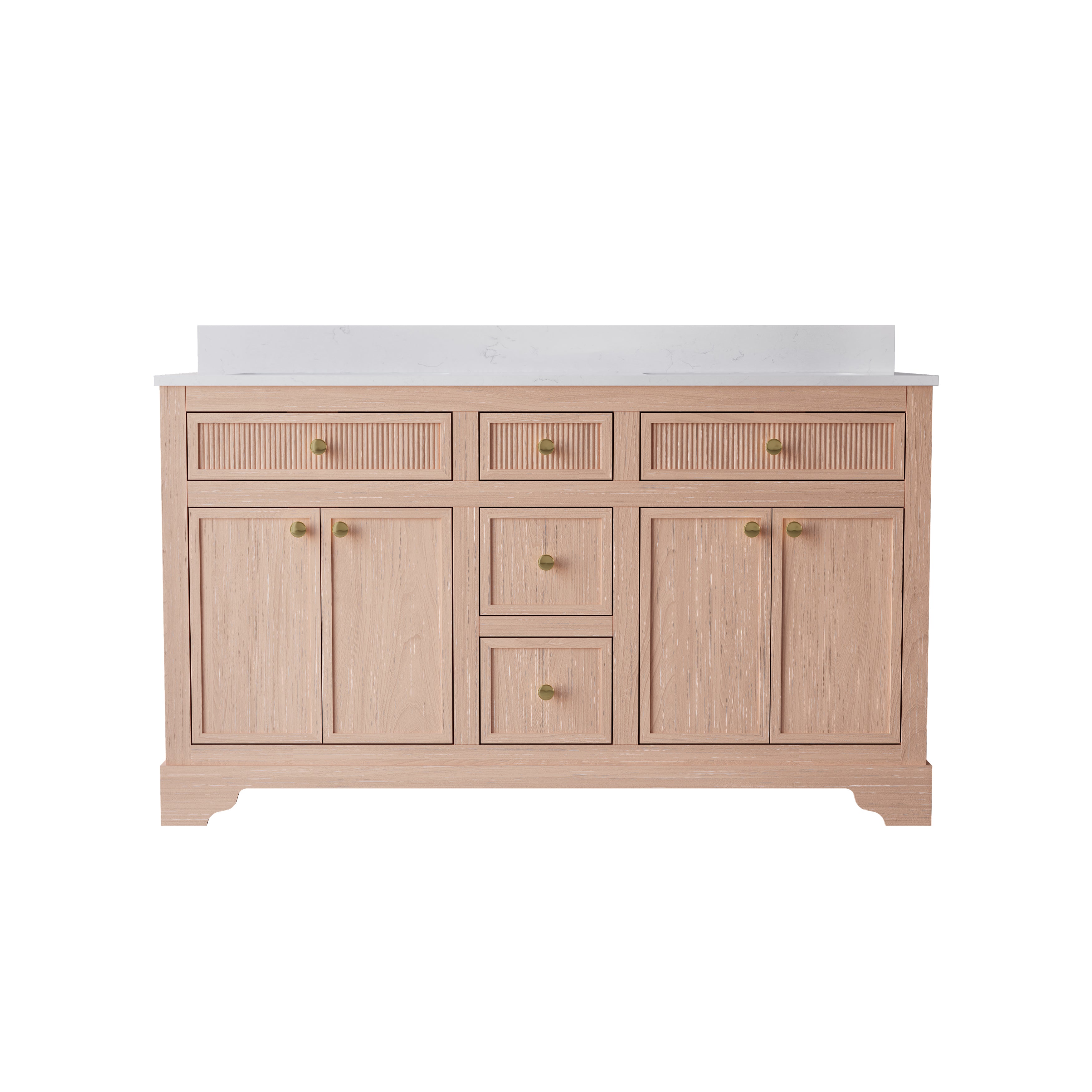
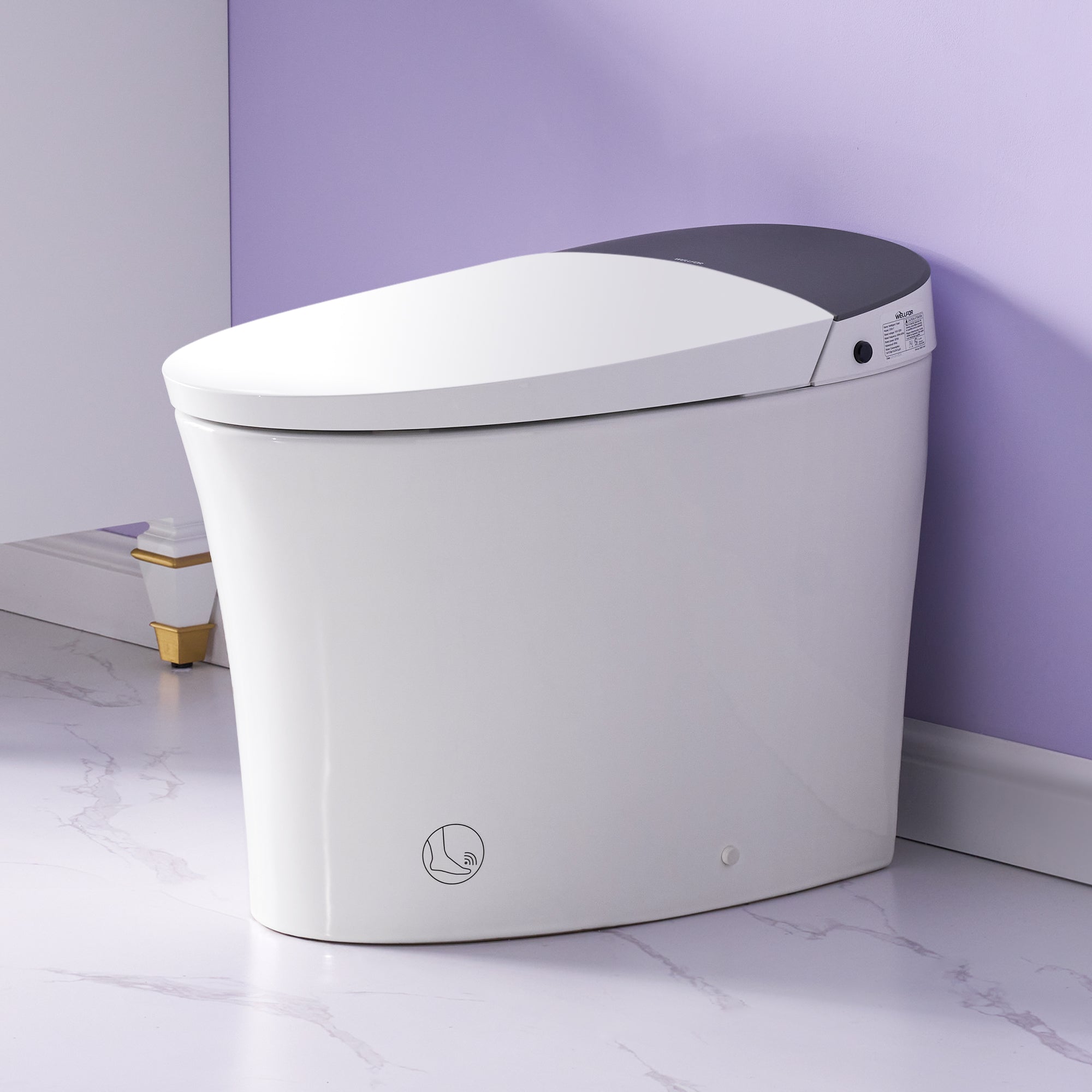
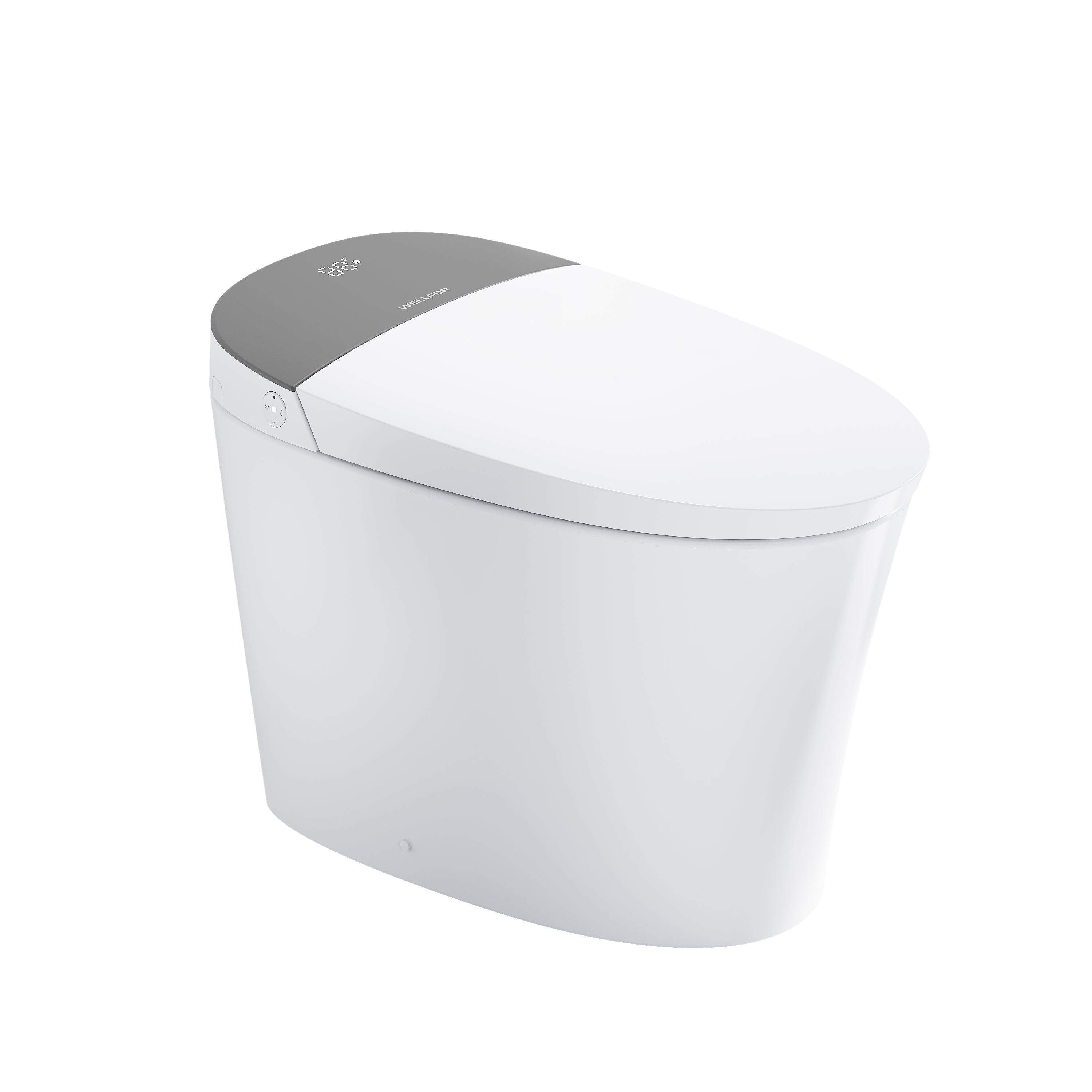
Leave a comment
This site is protected by hCaptcha and the hCaptcha Privacy Policy and Terms of Service apply.